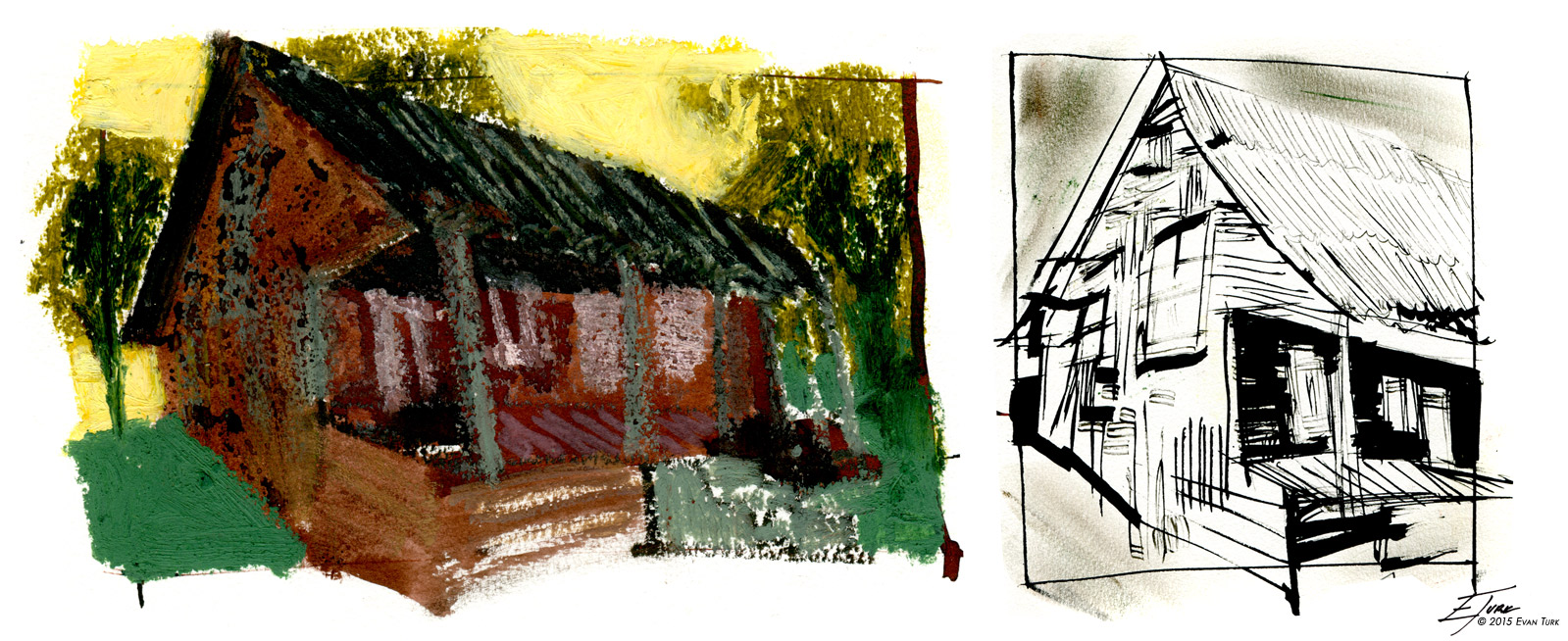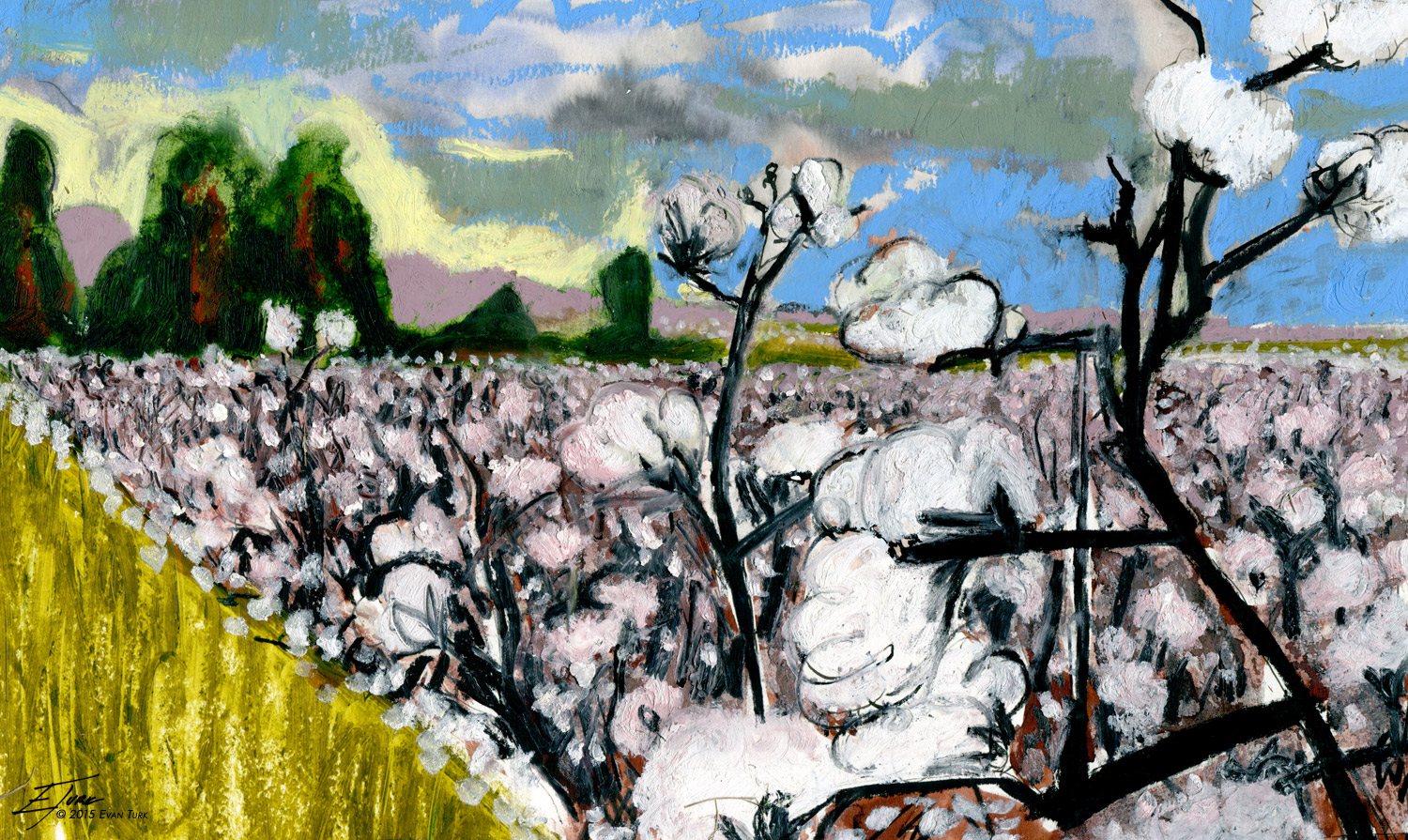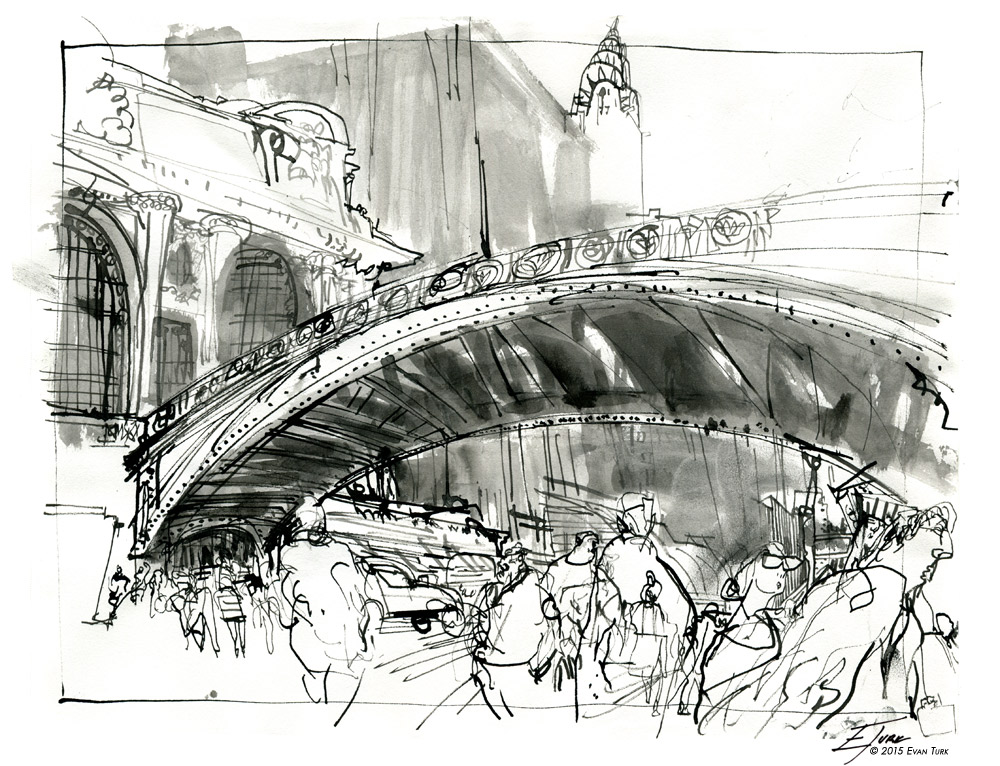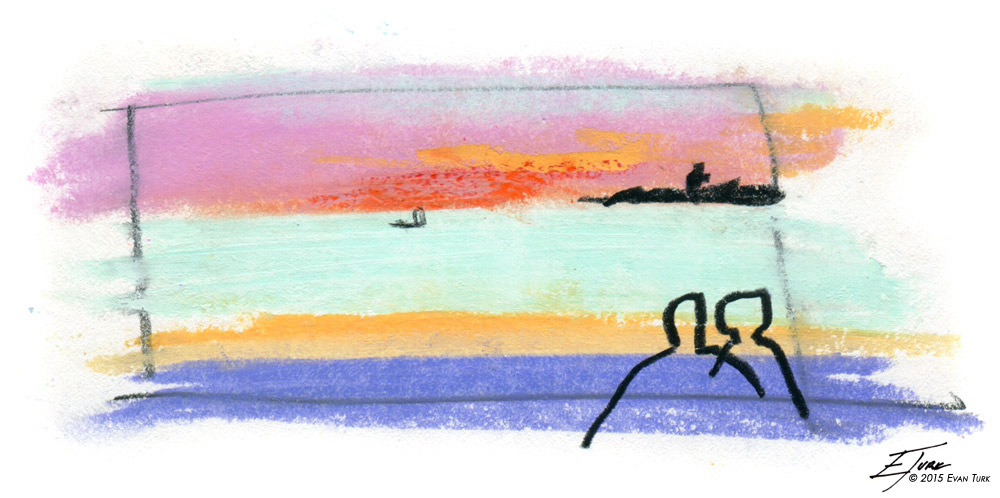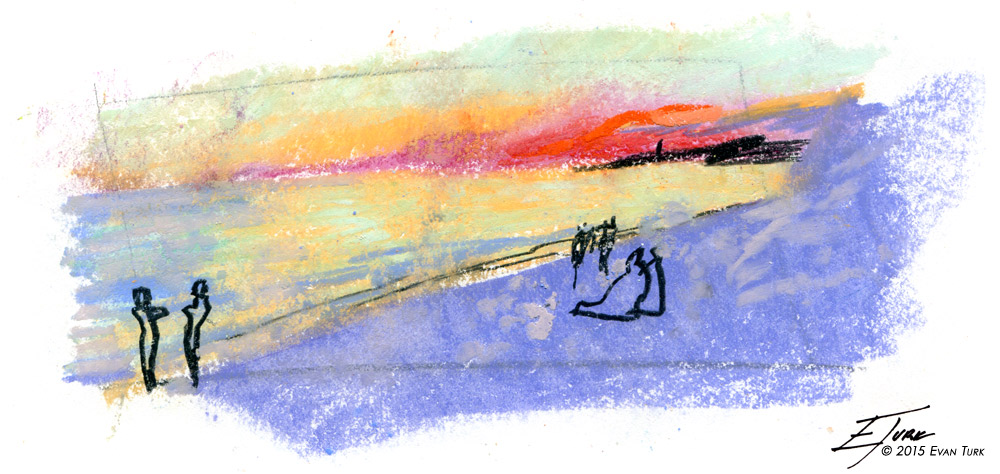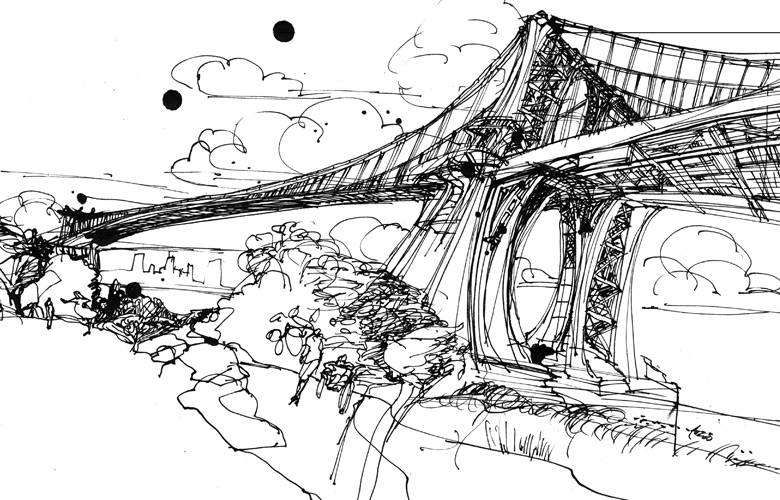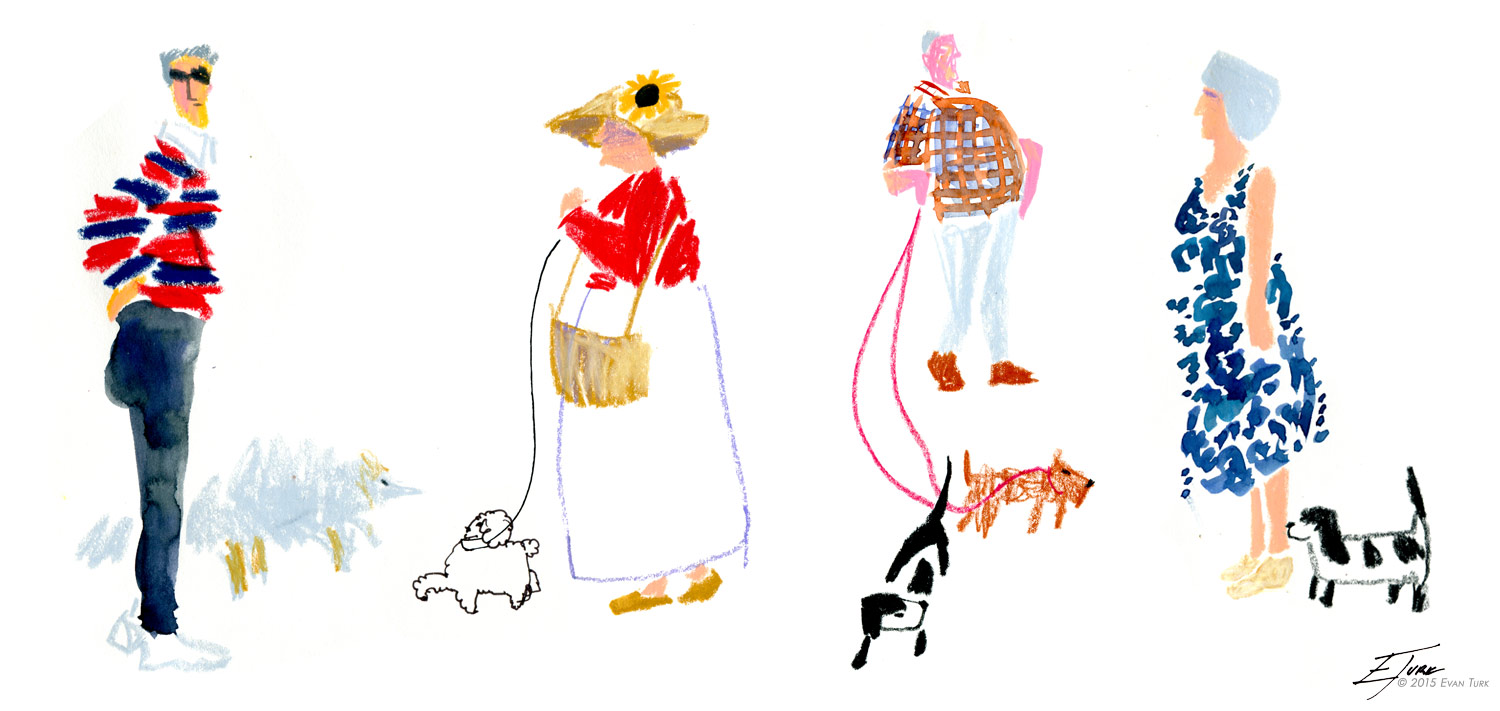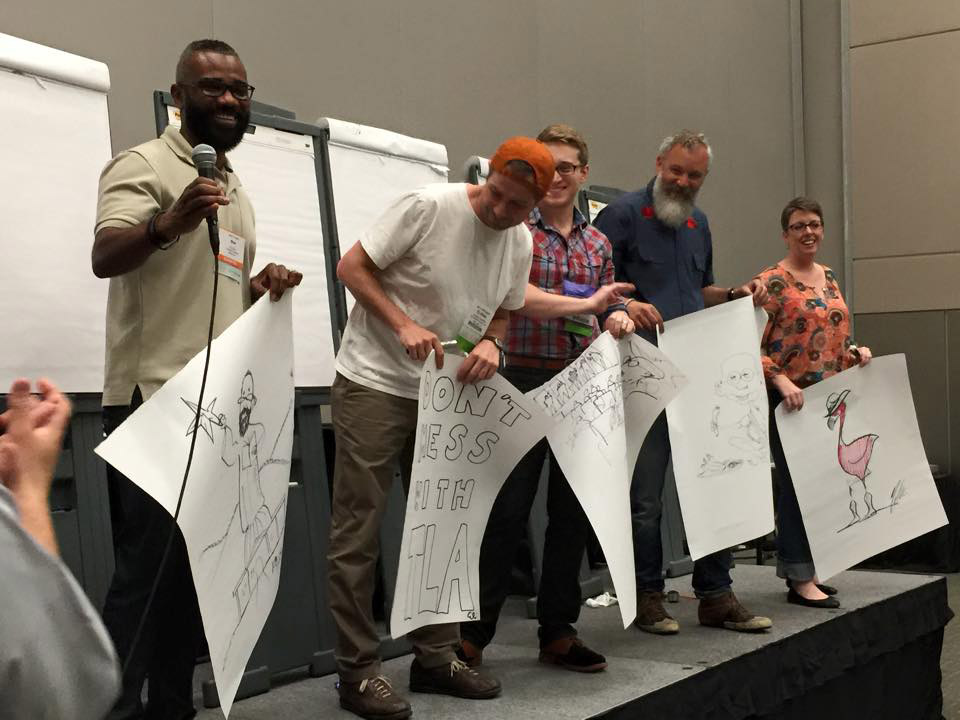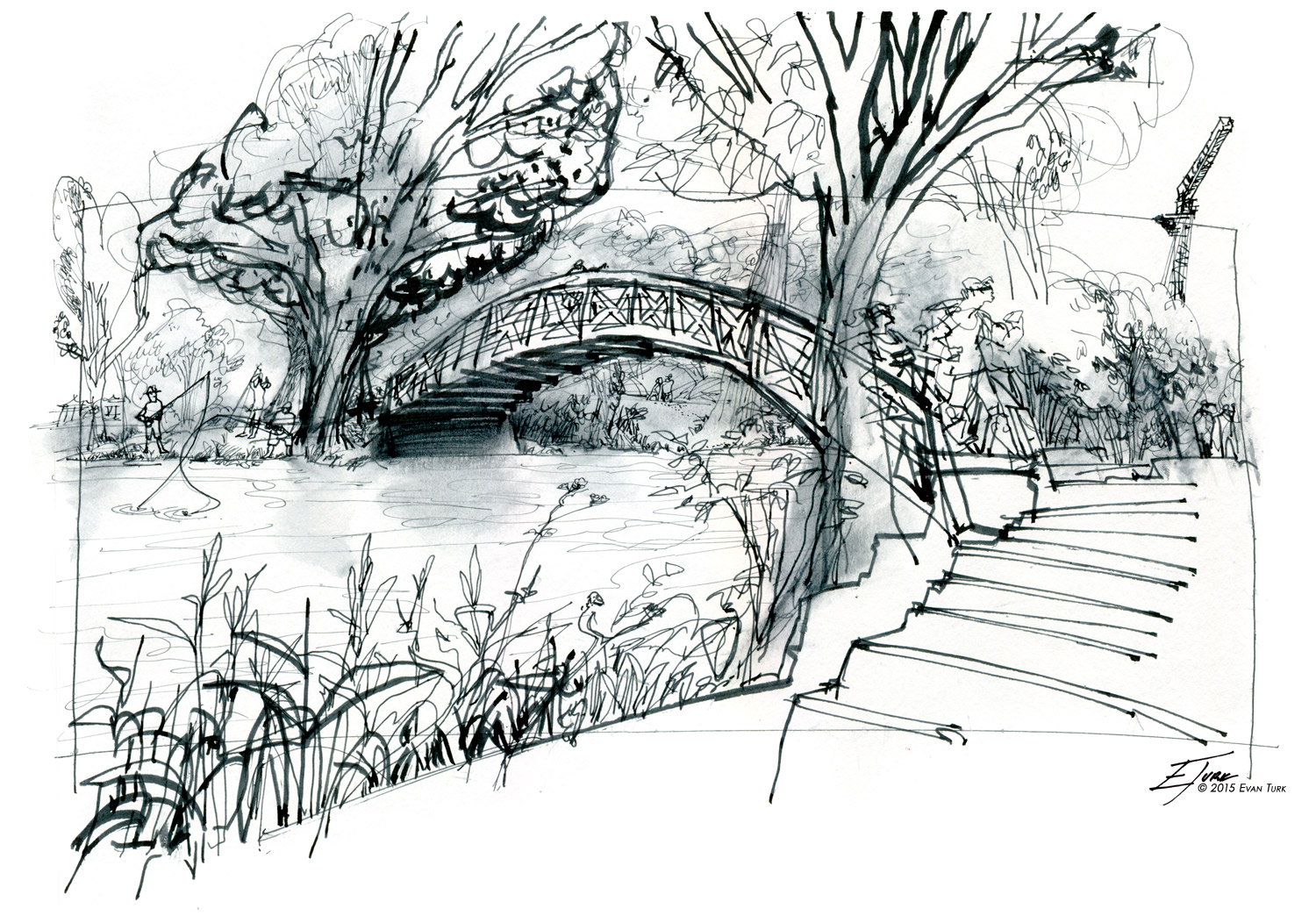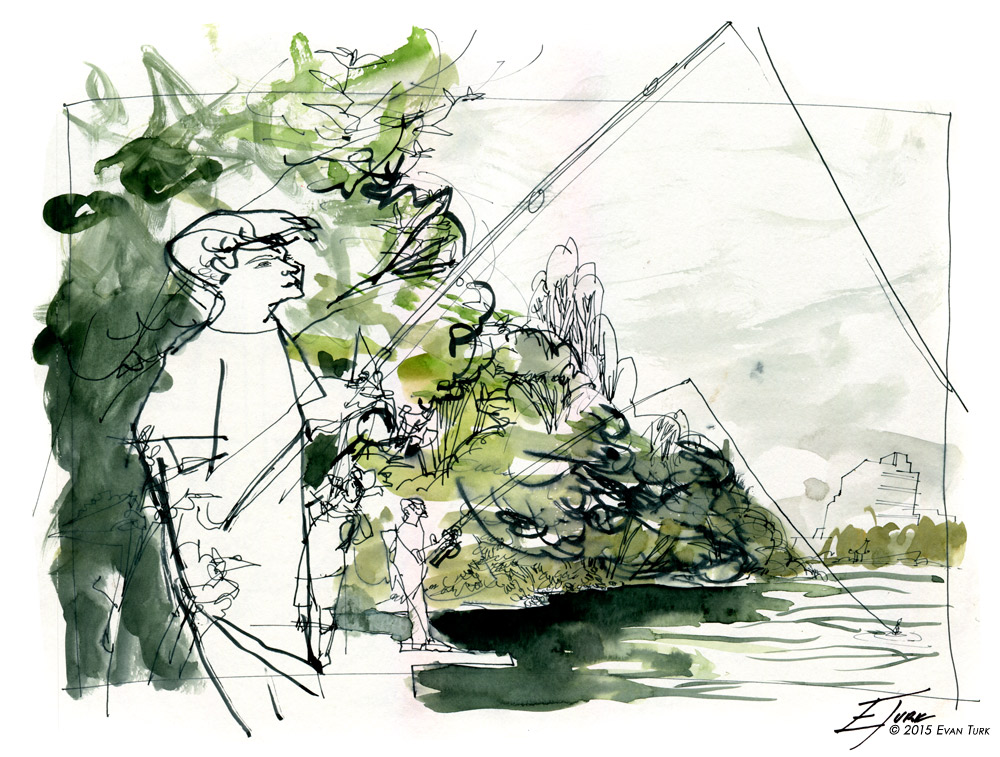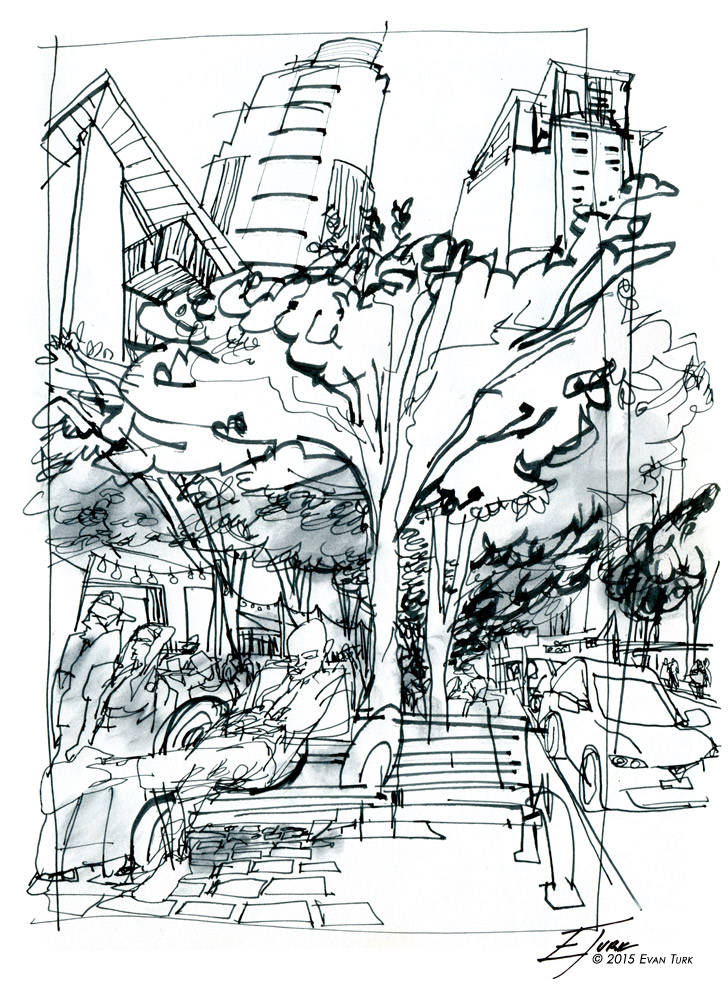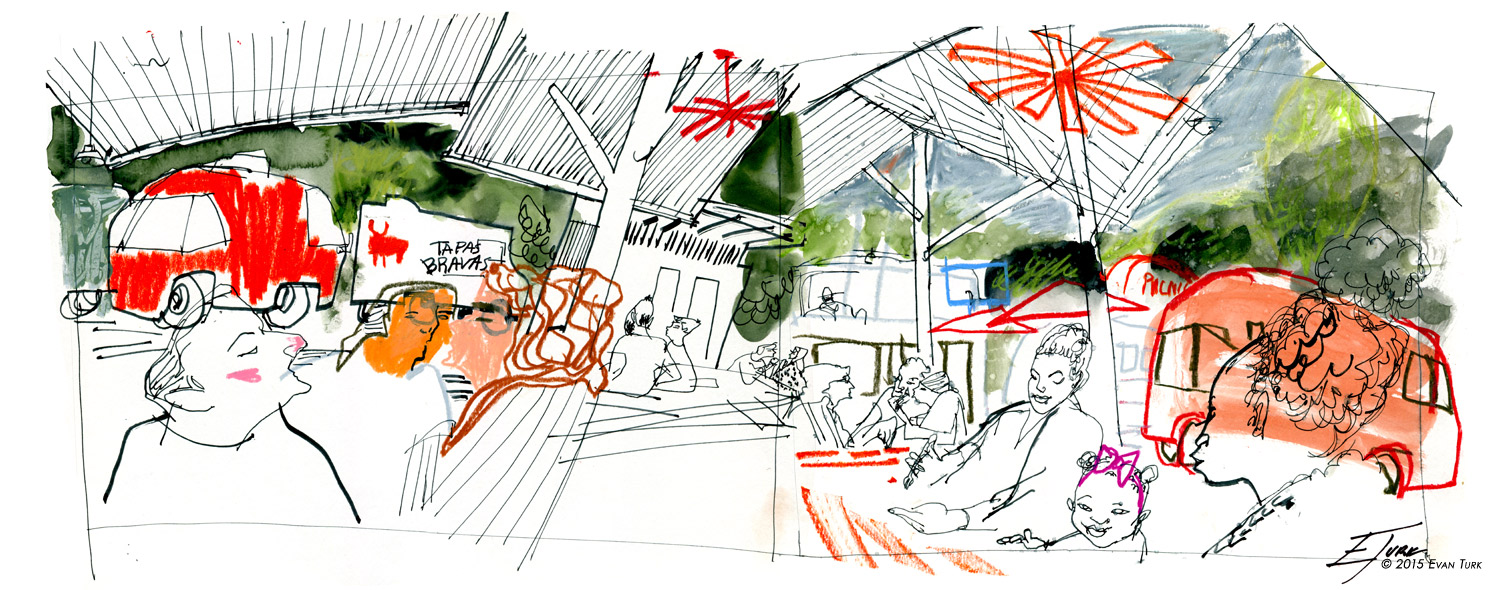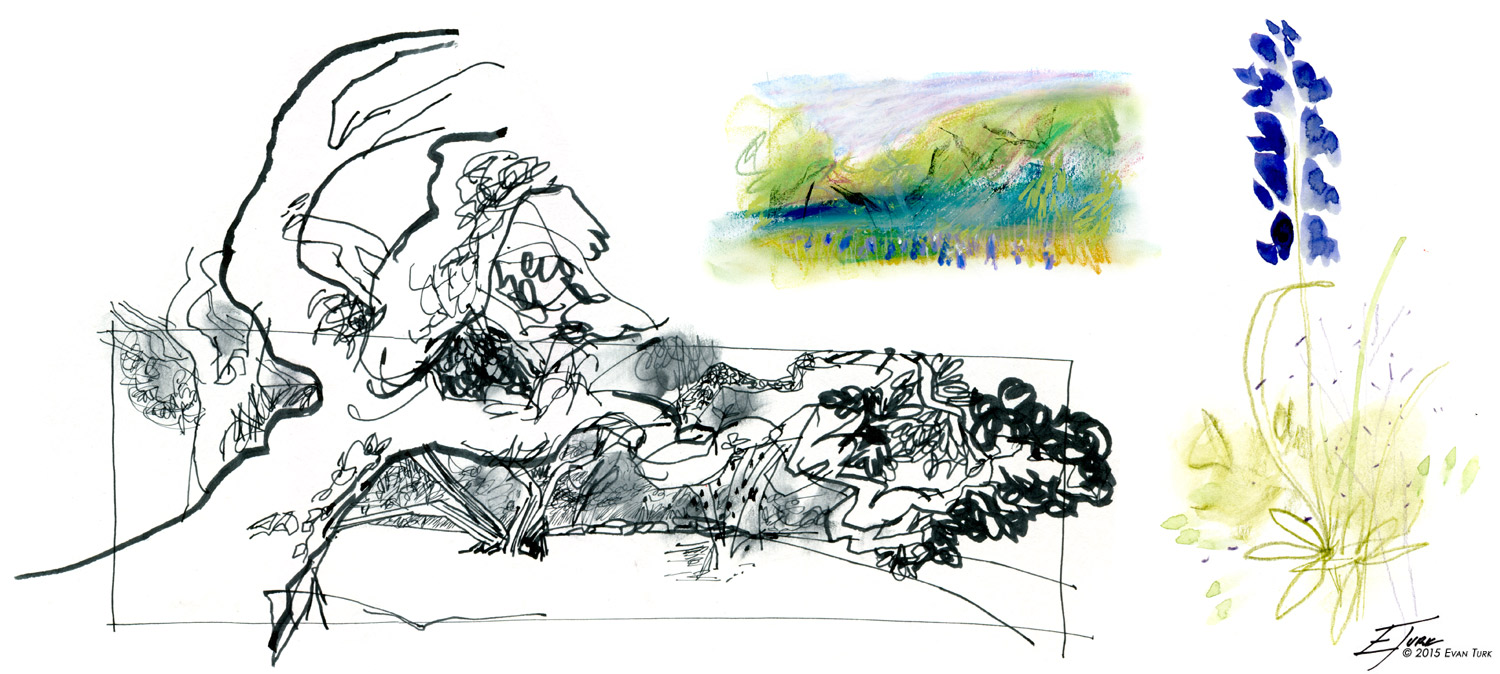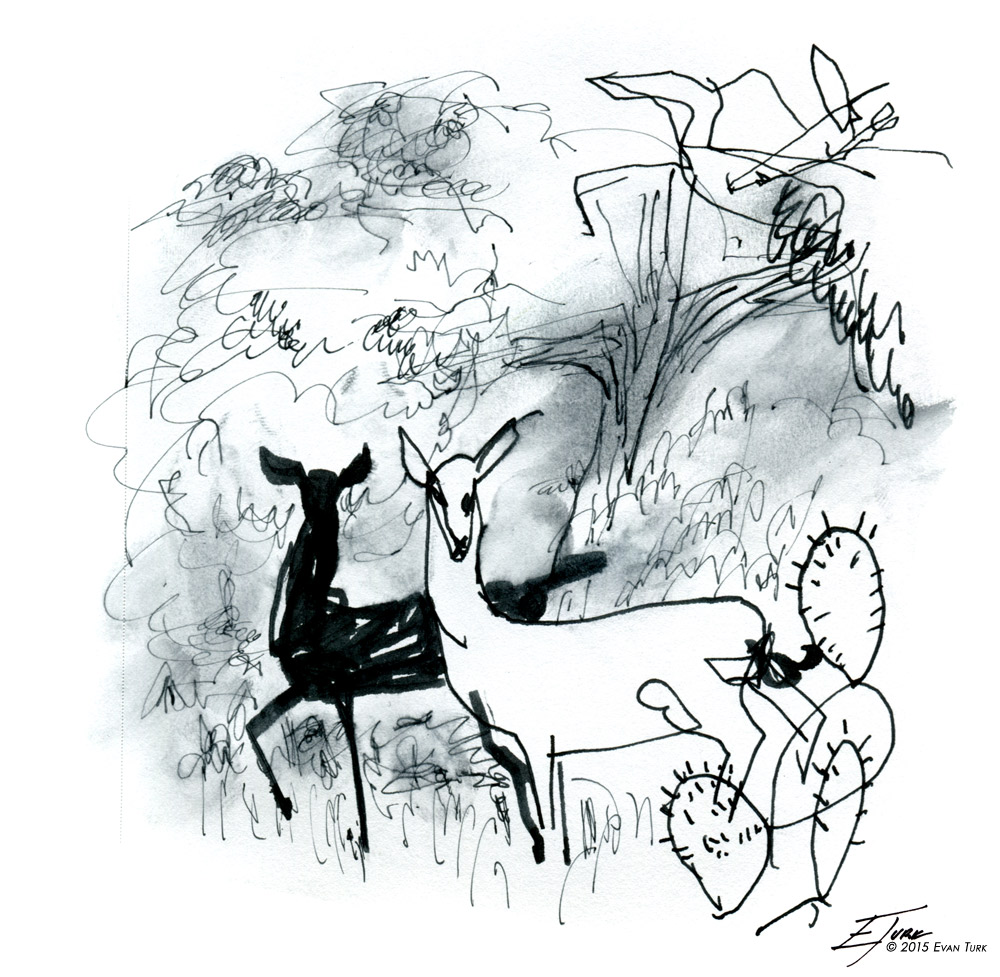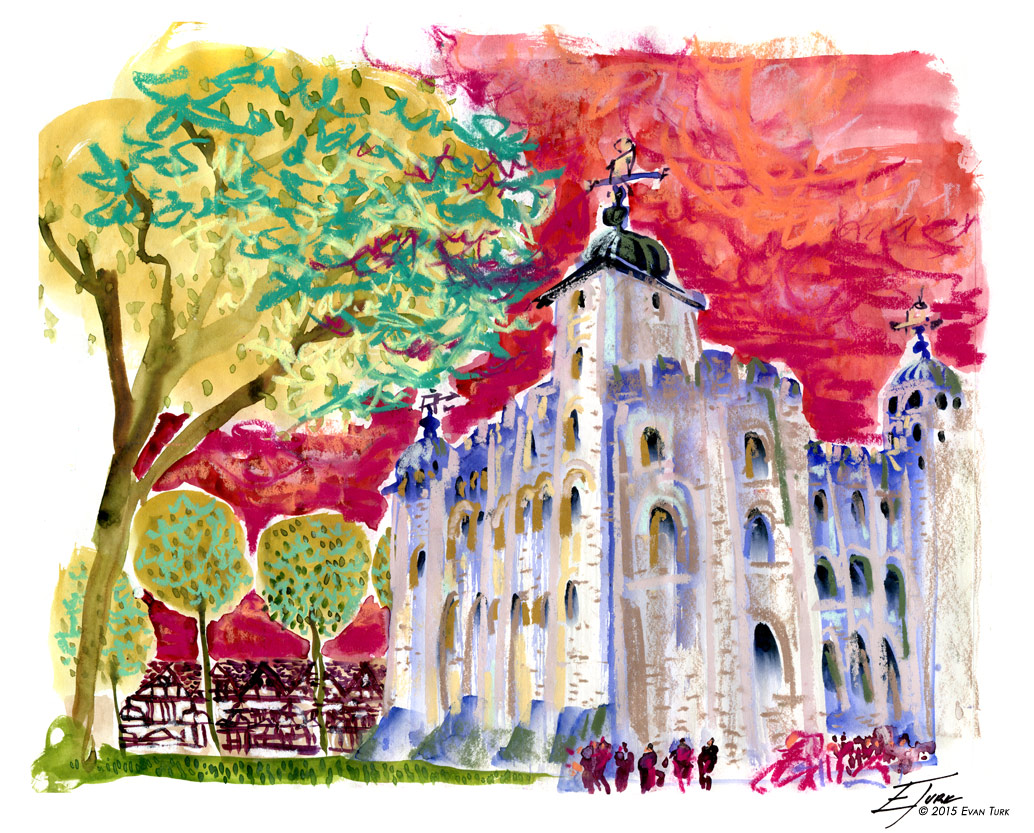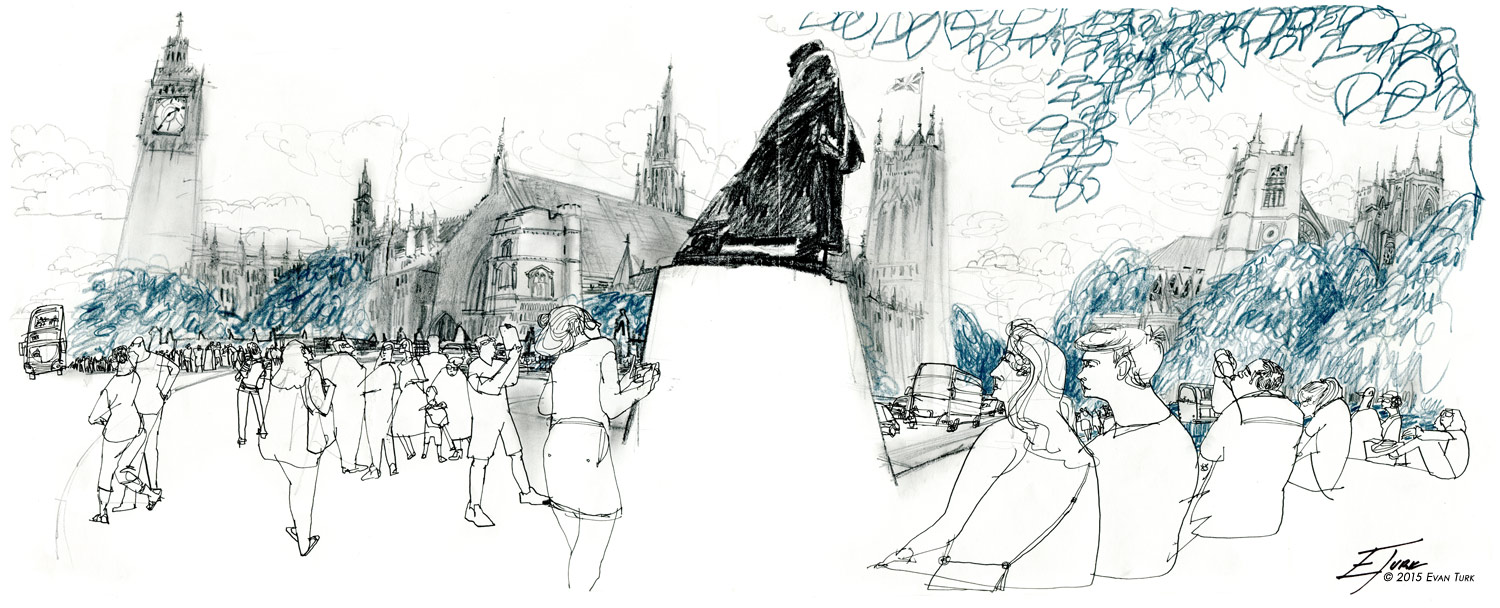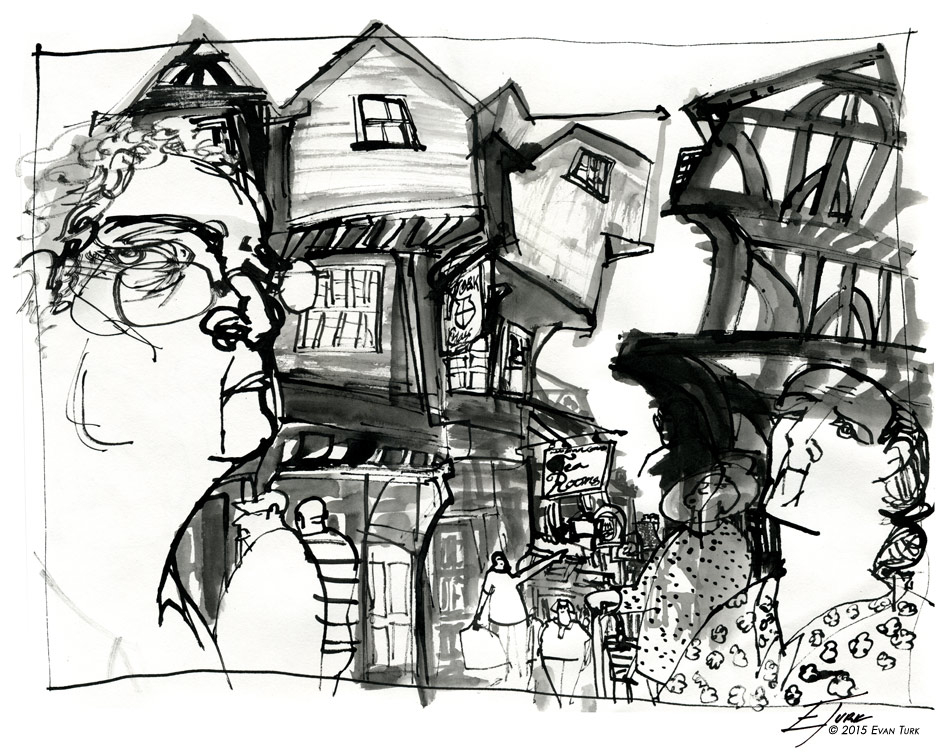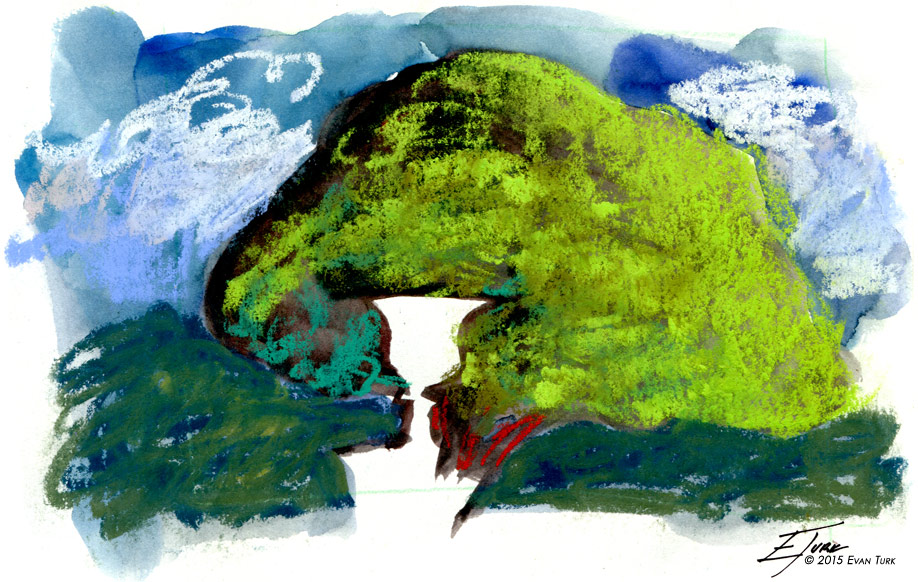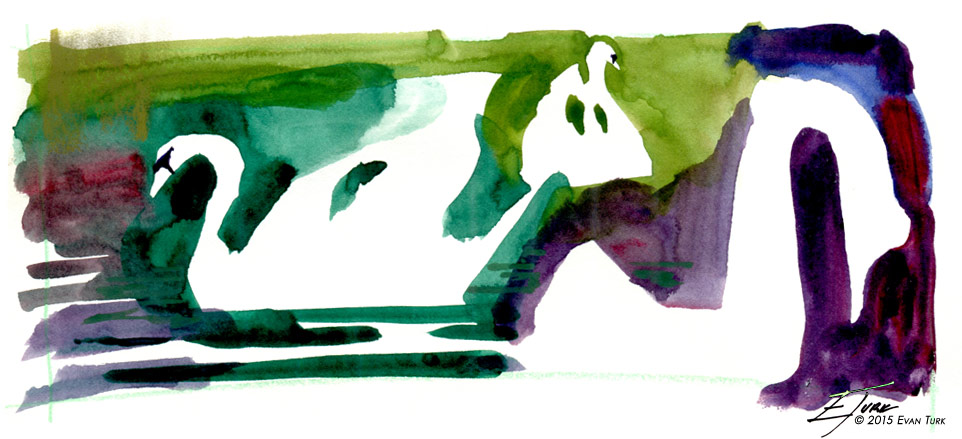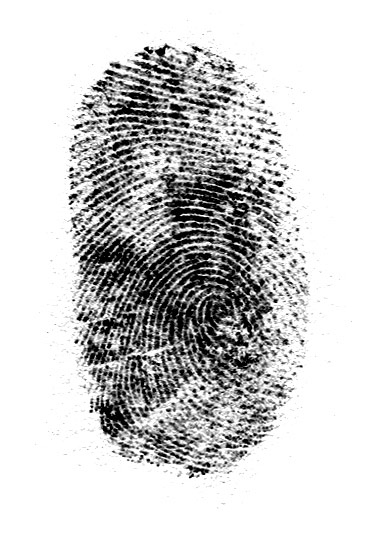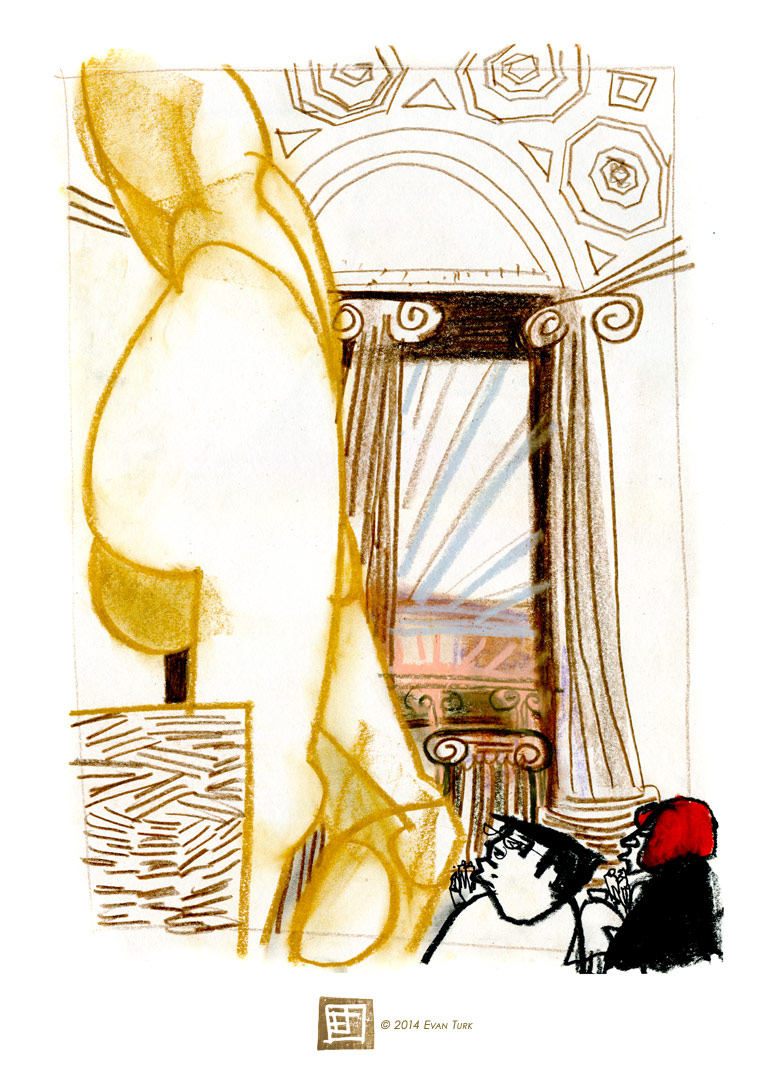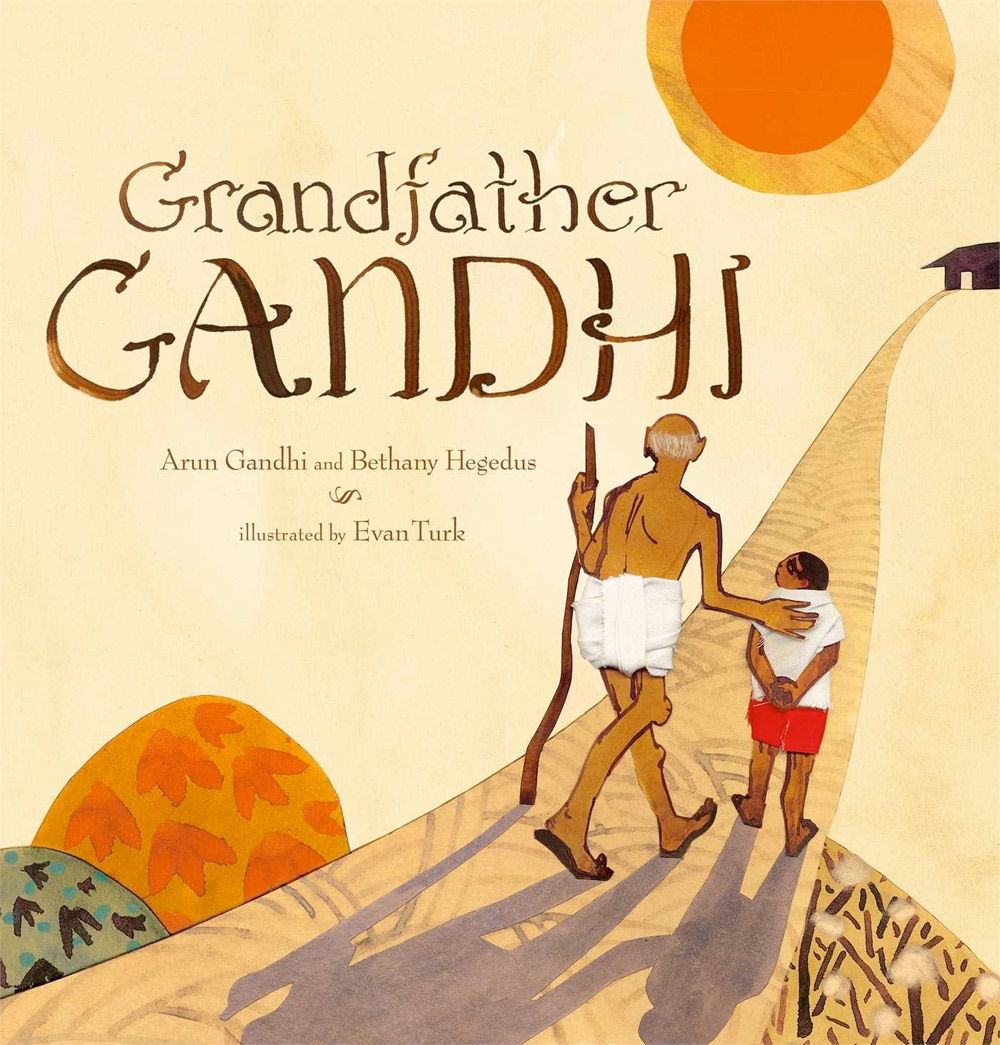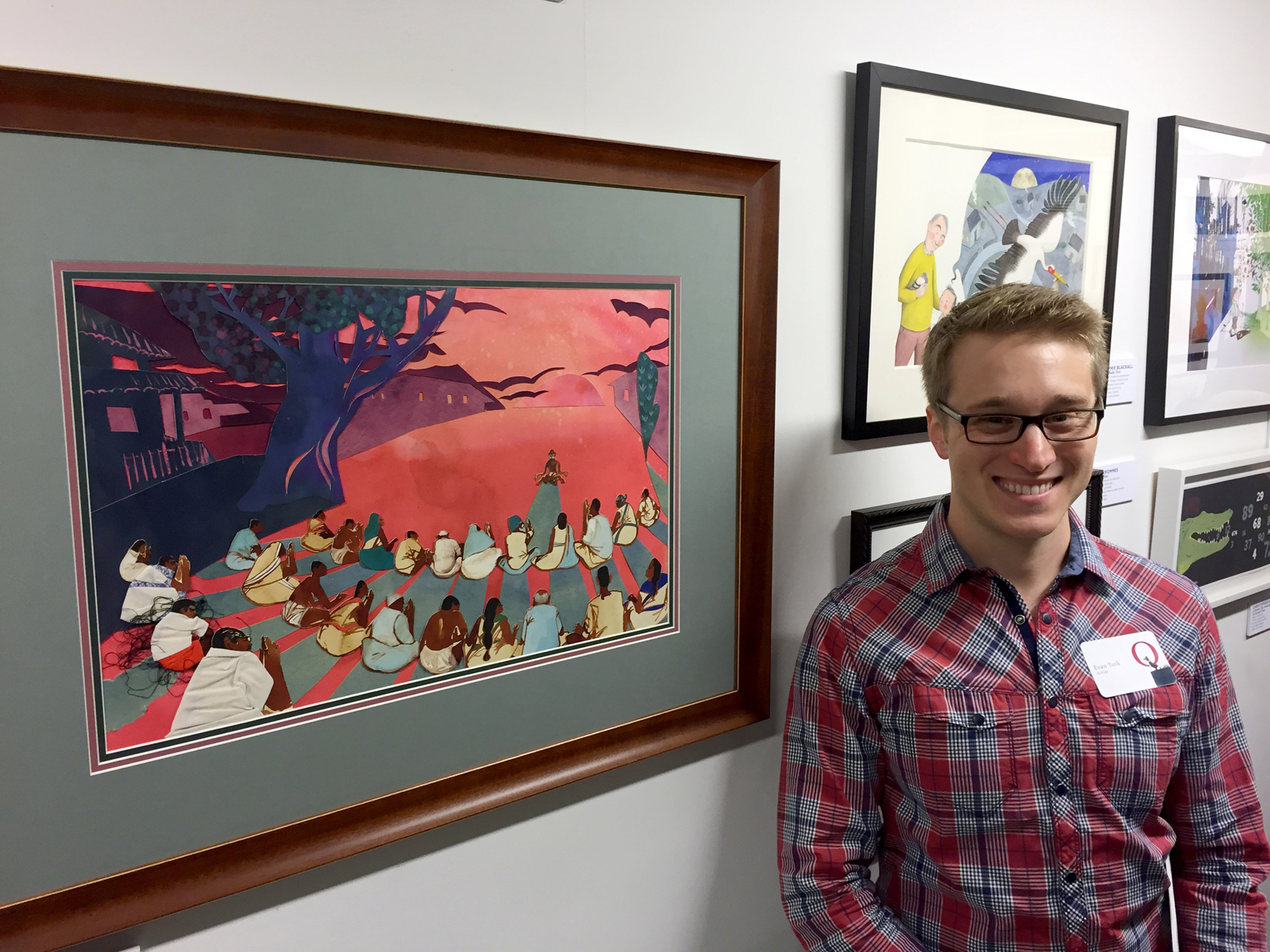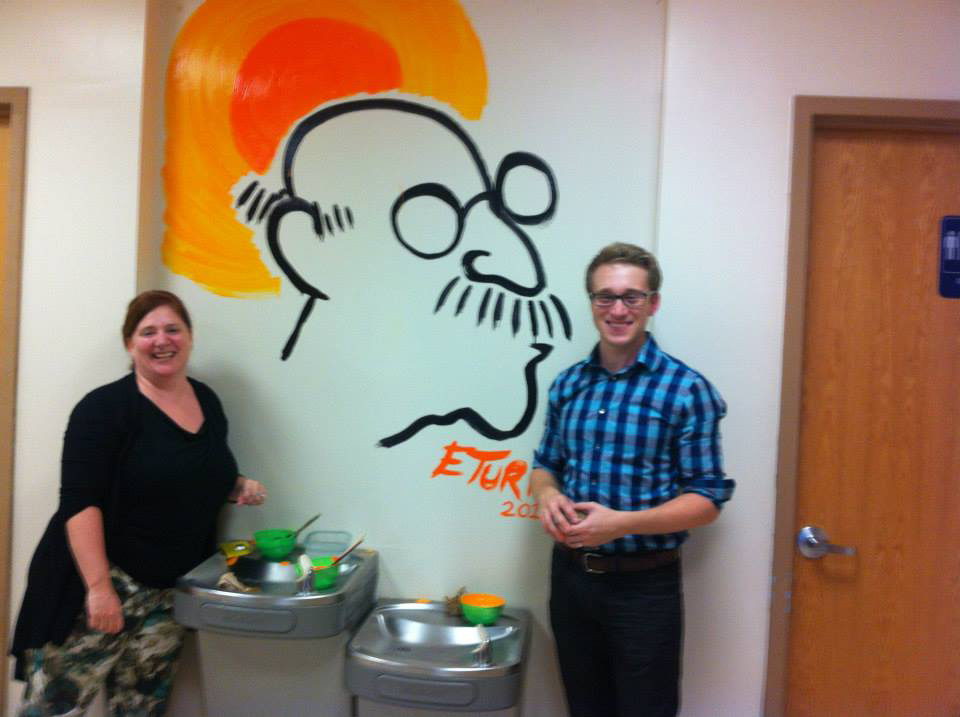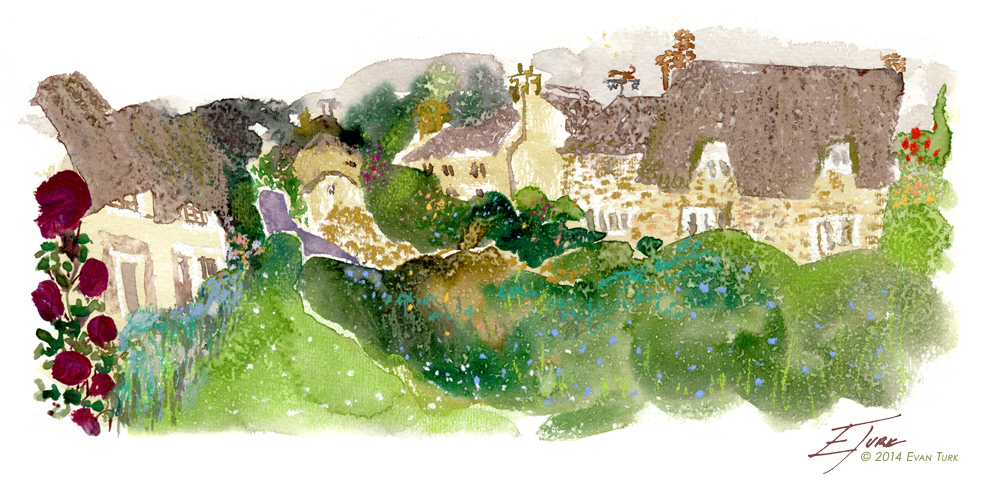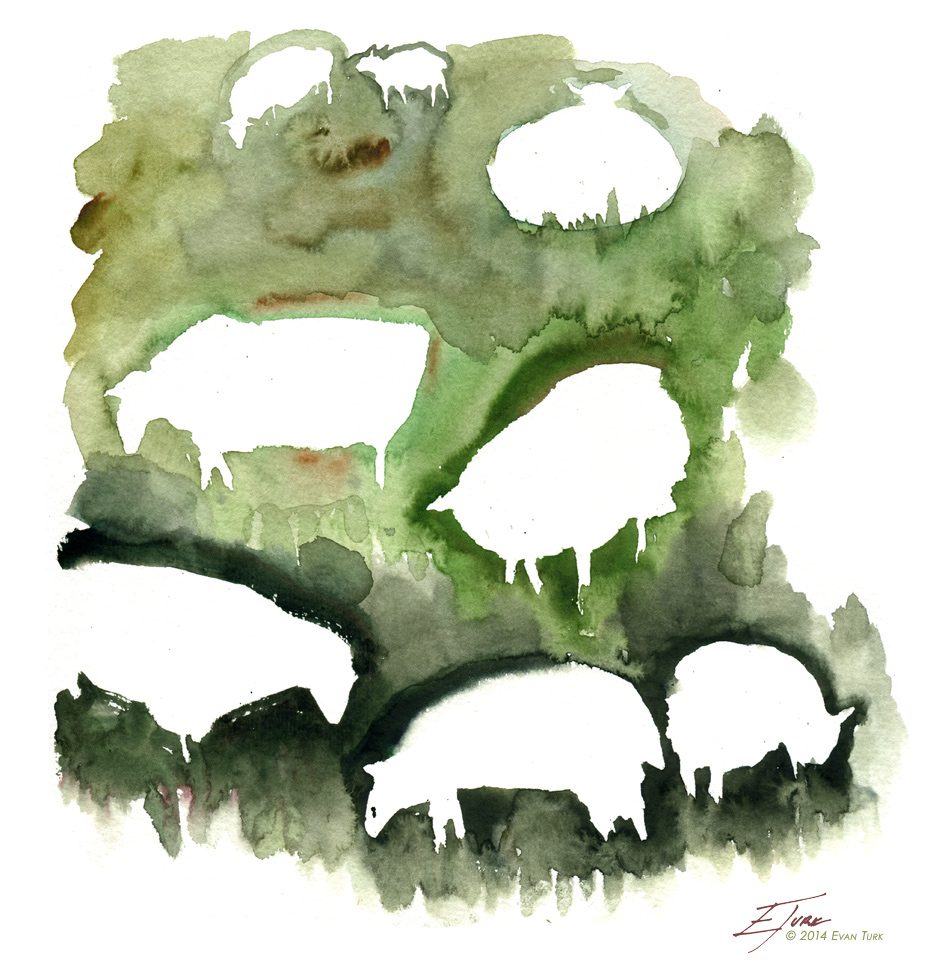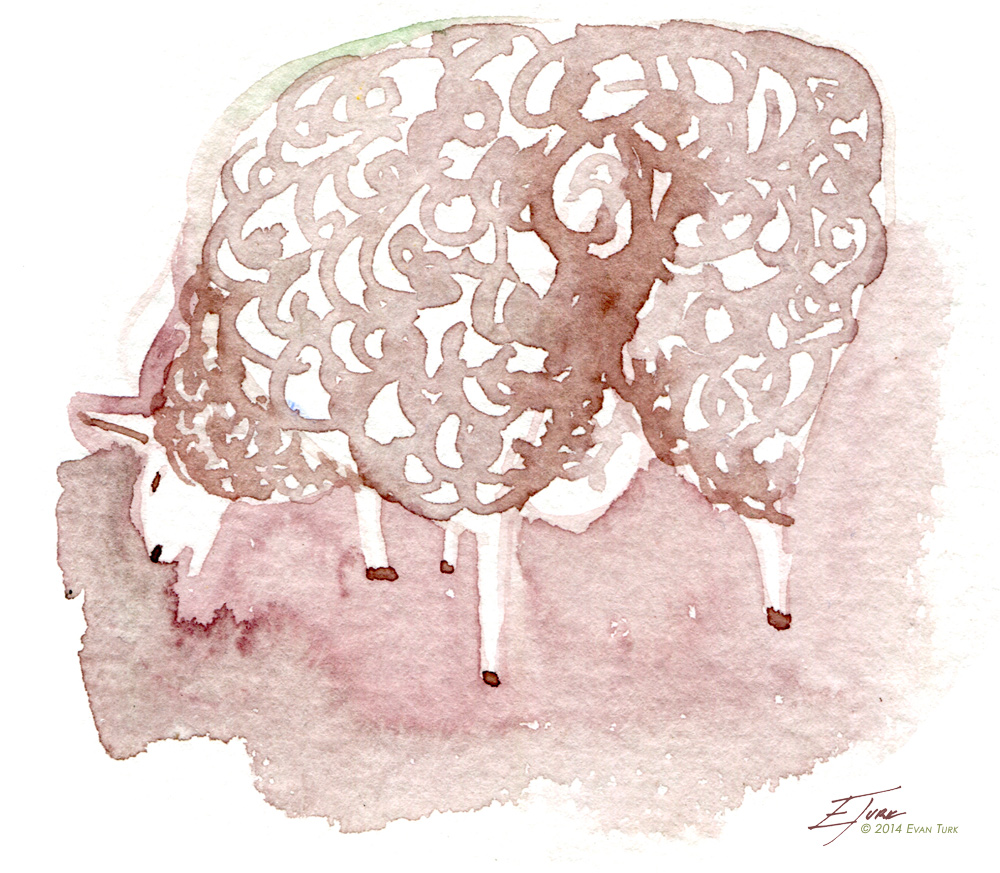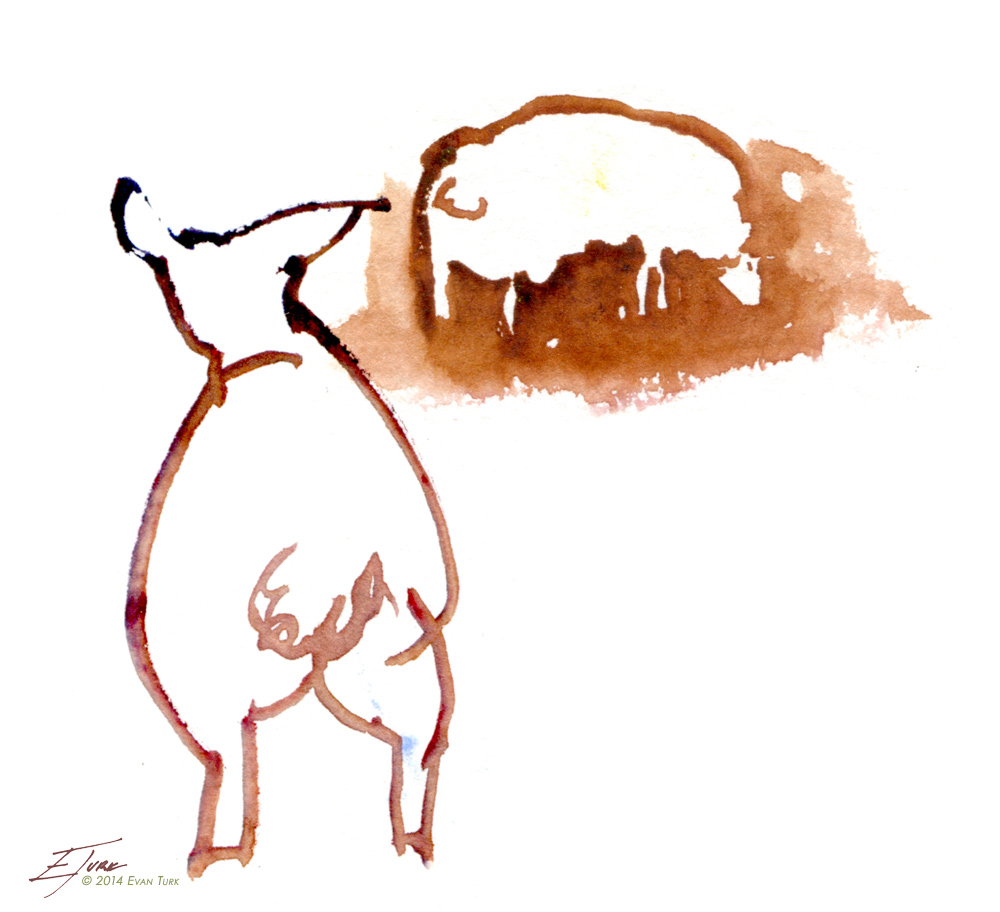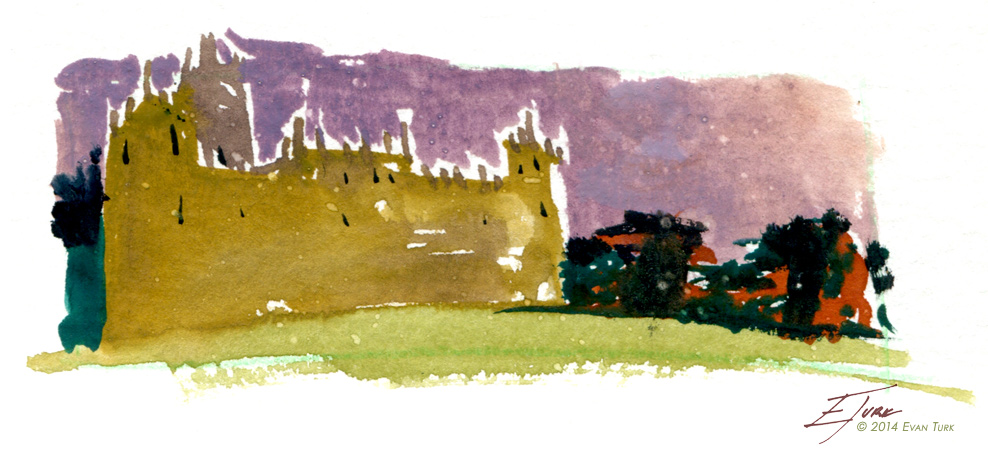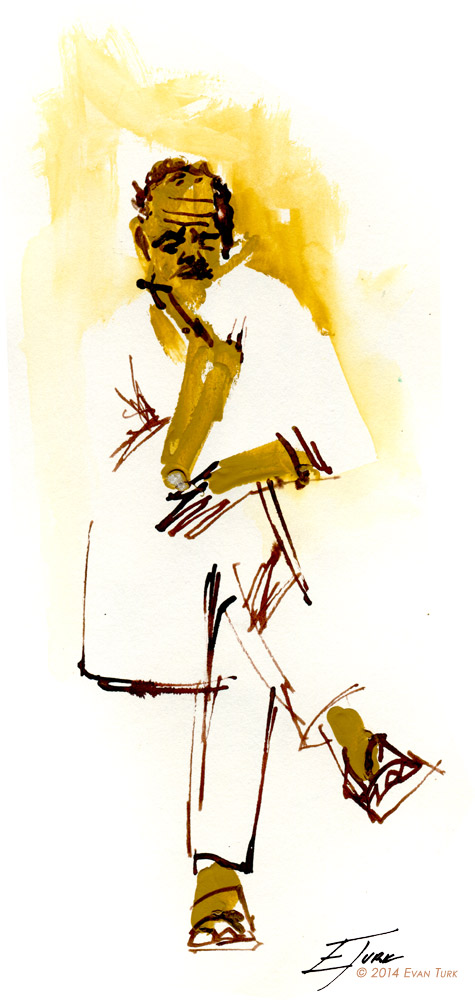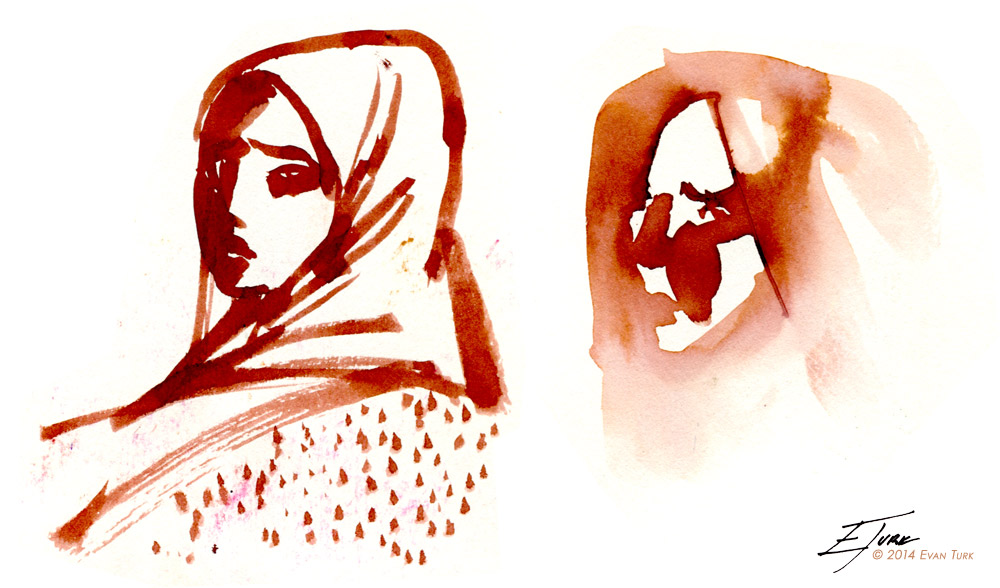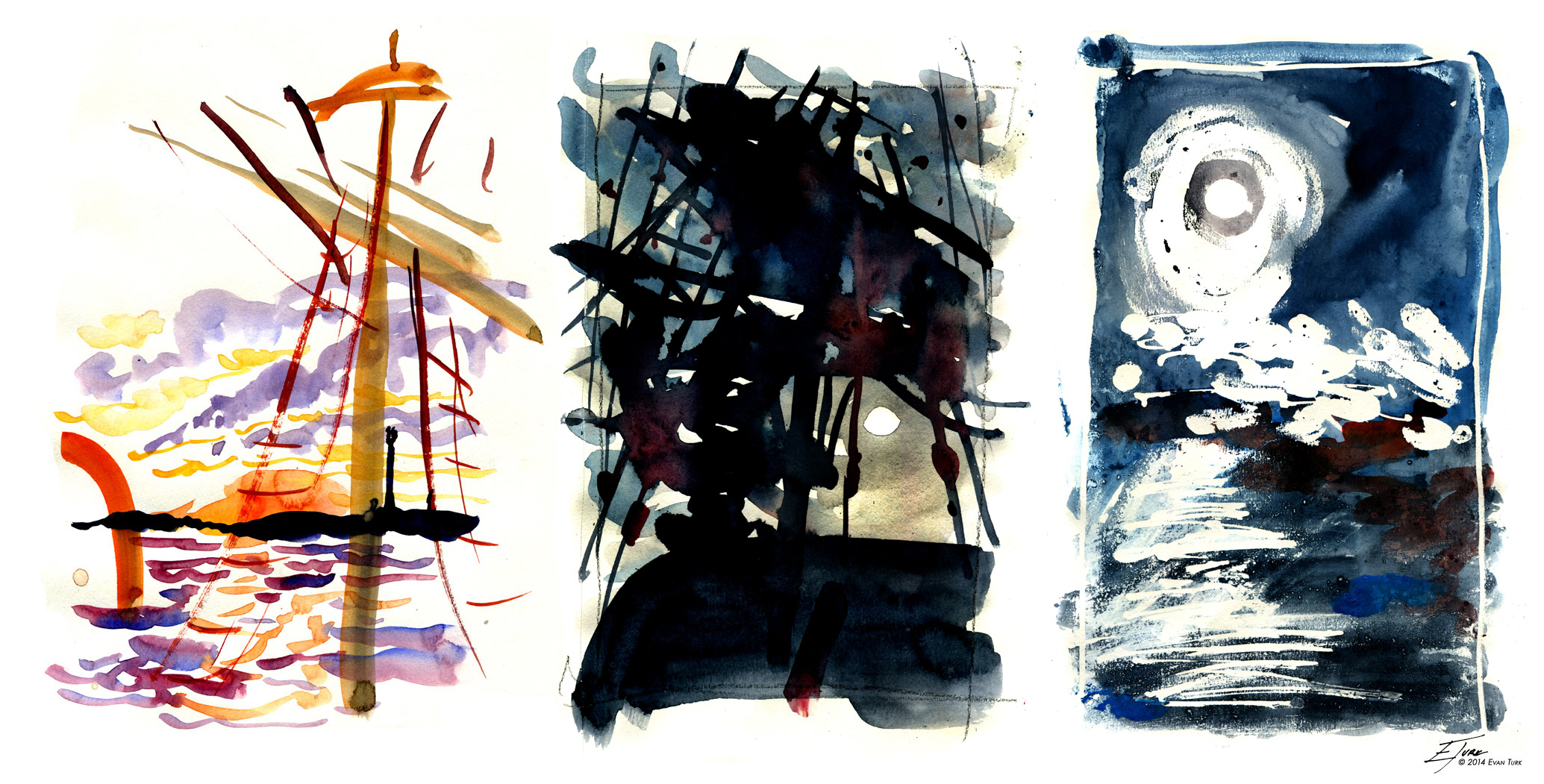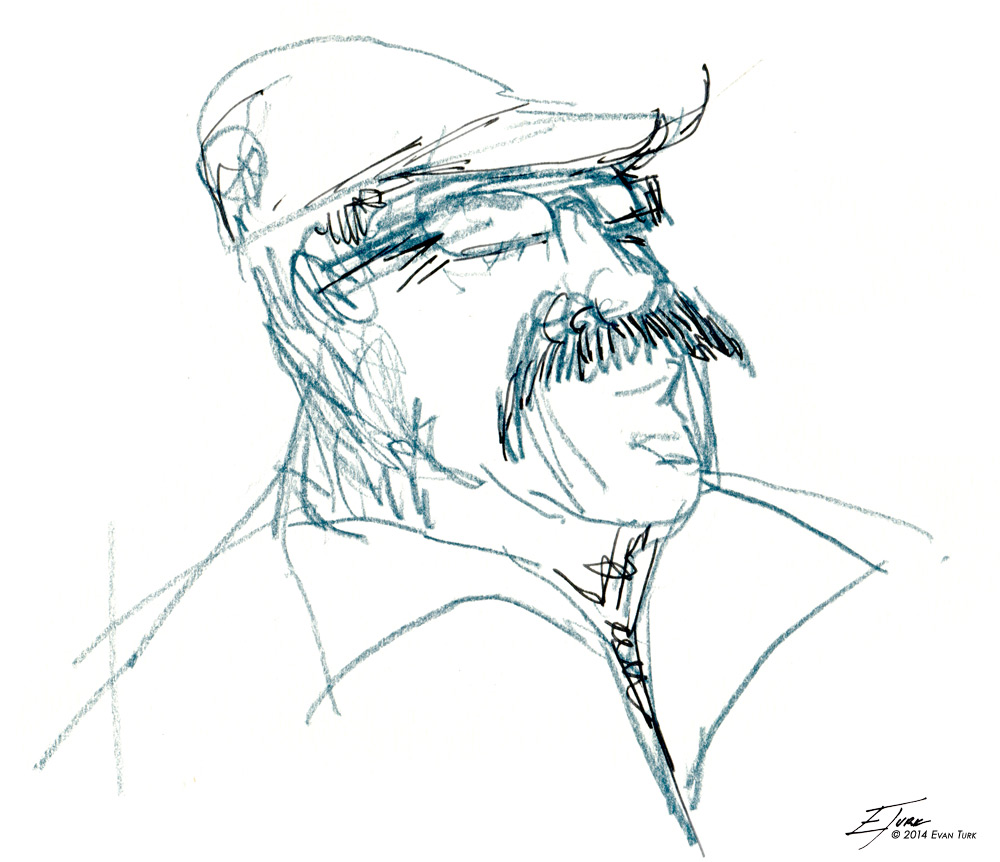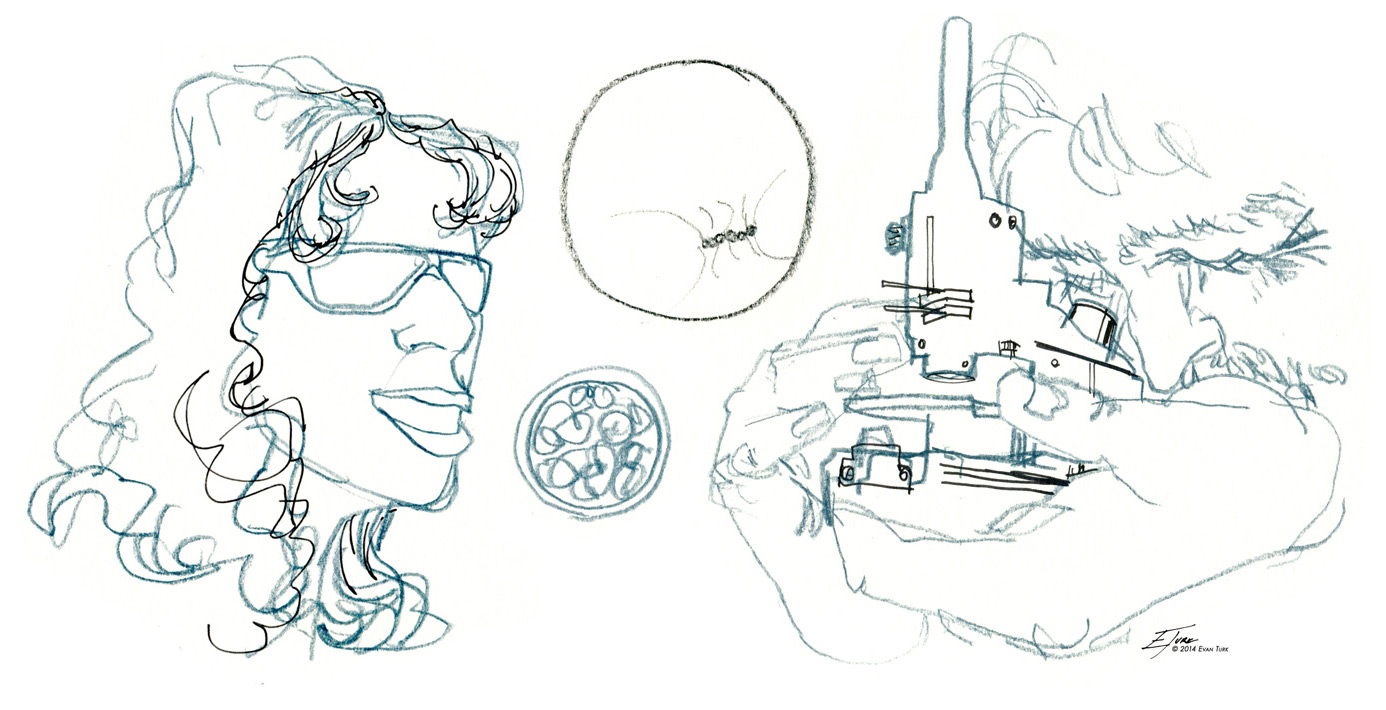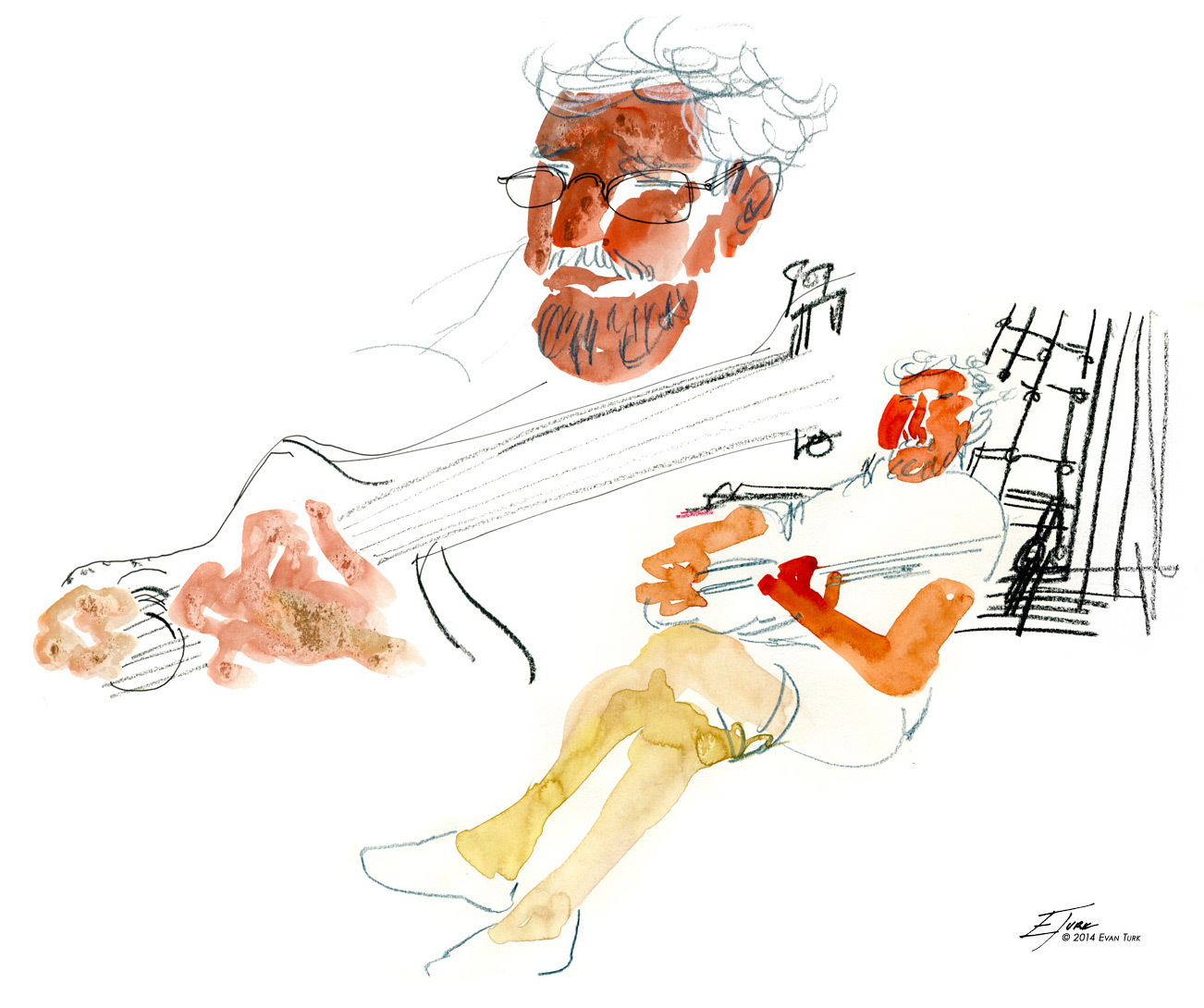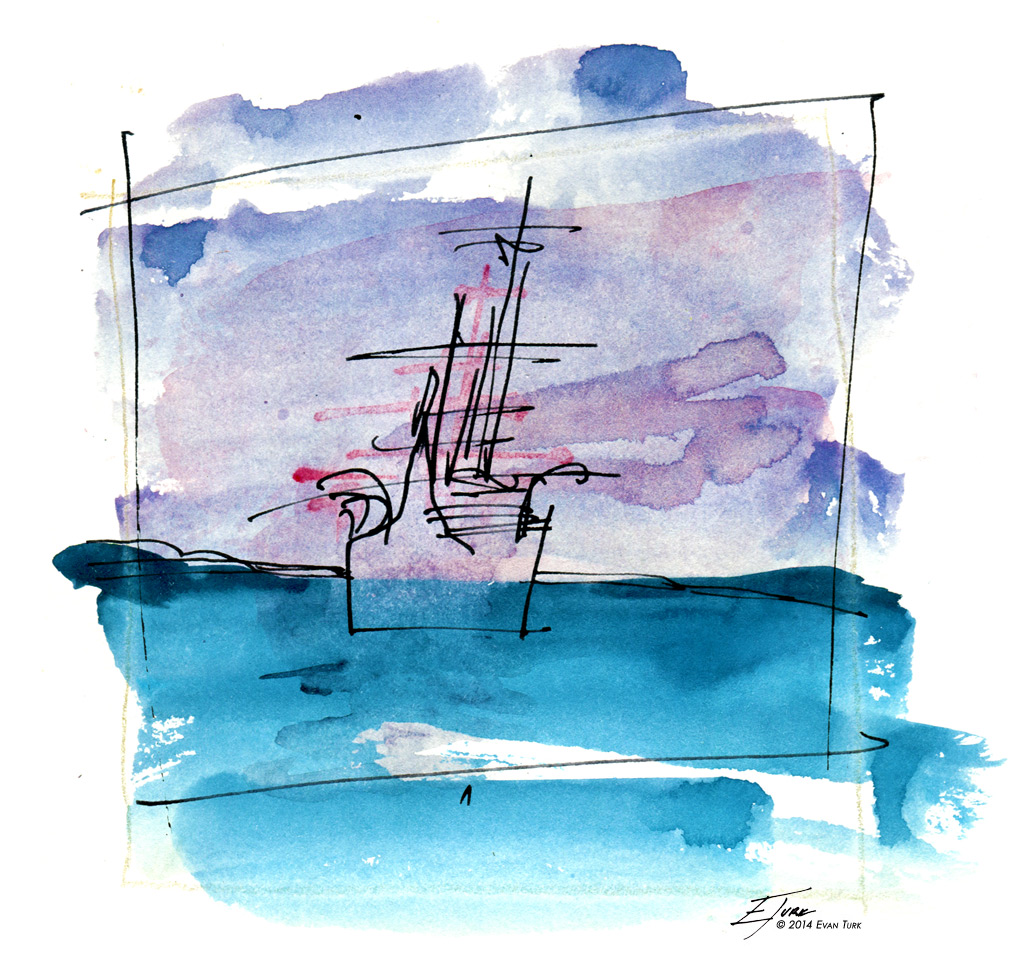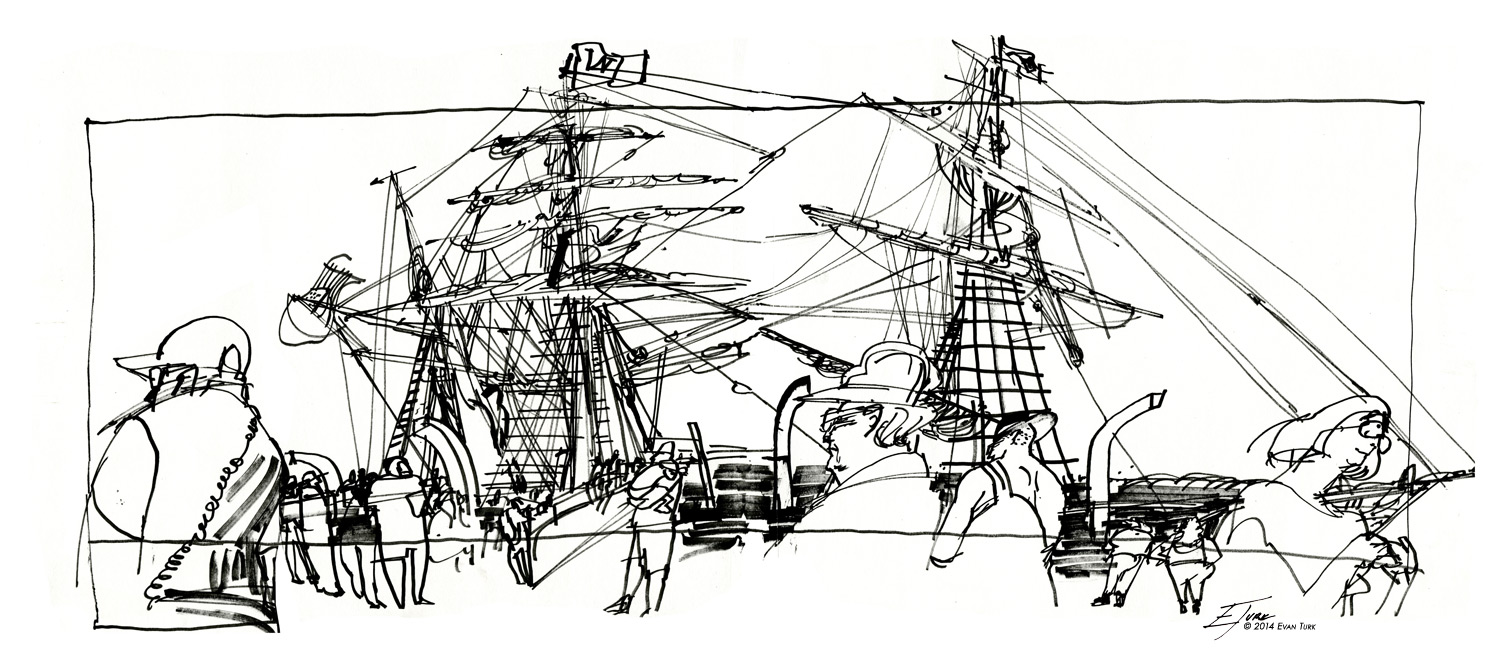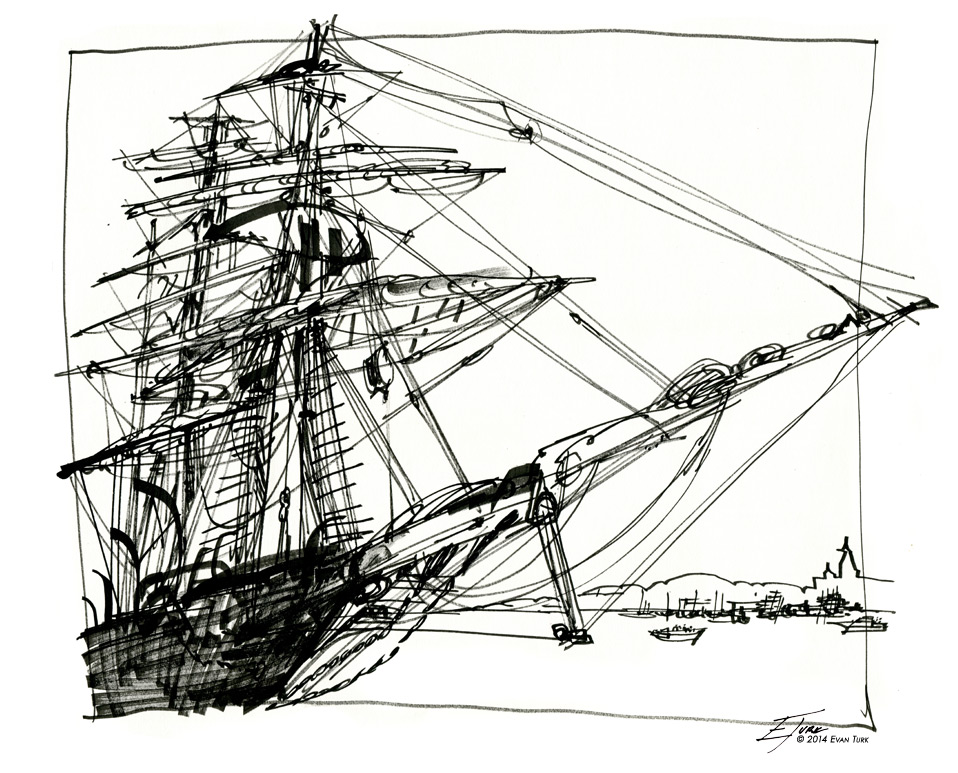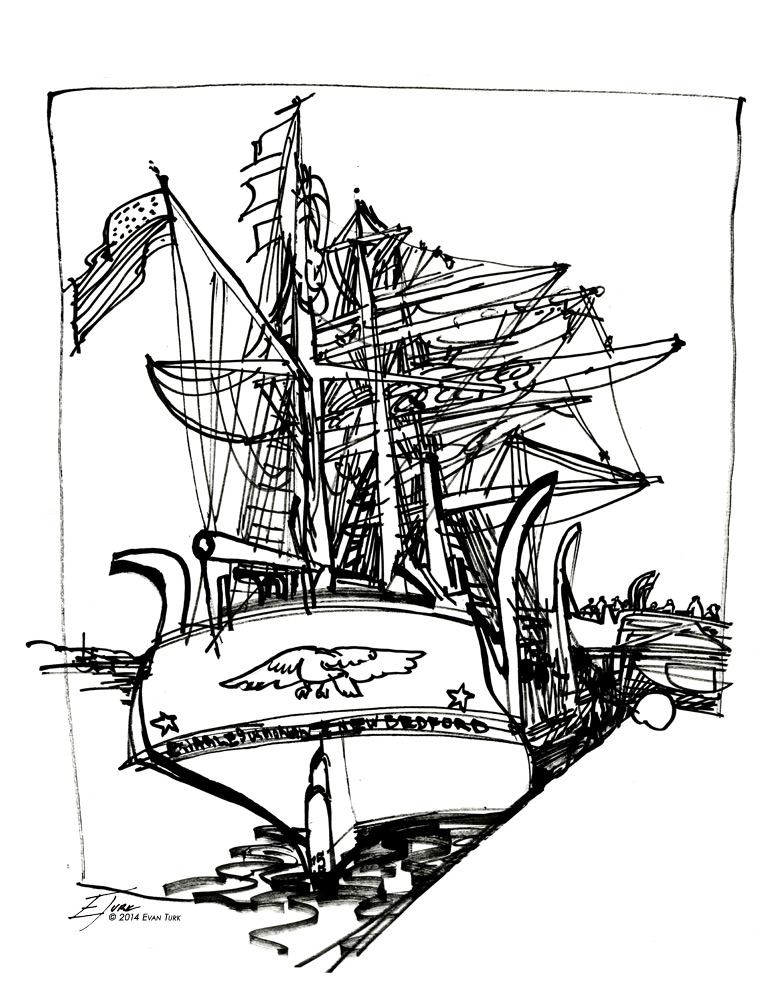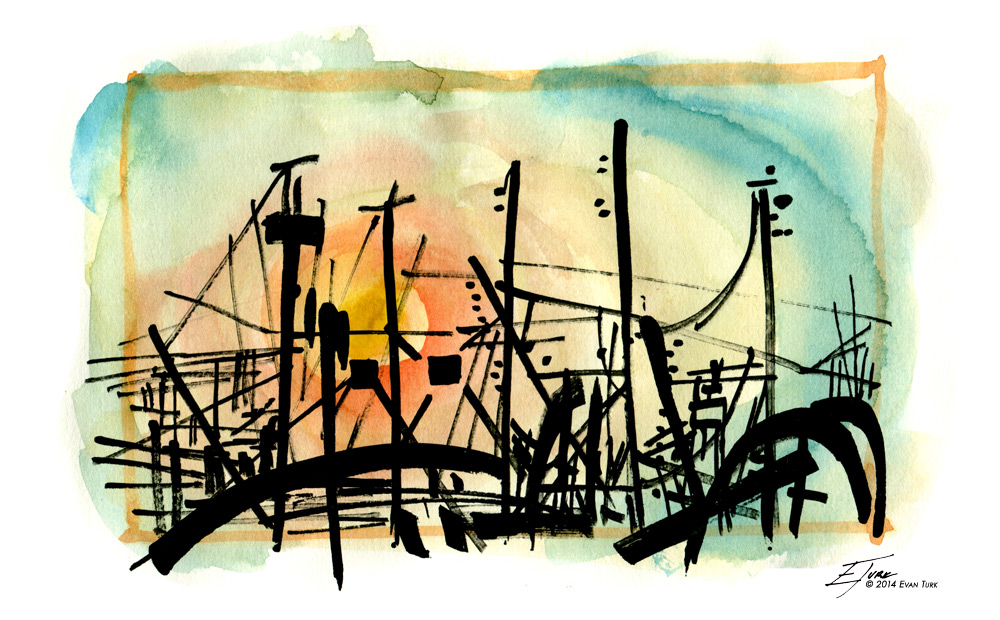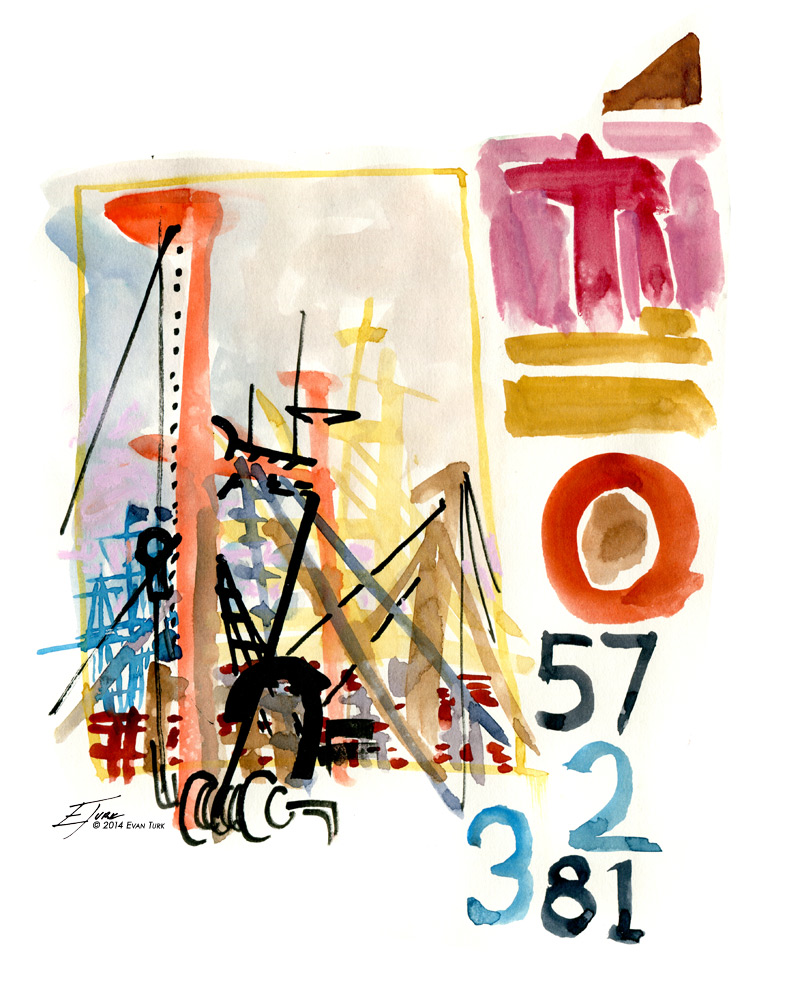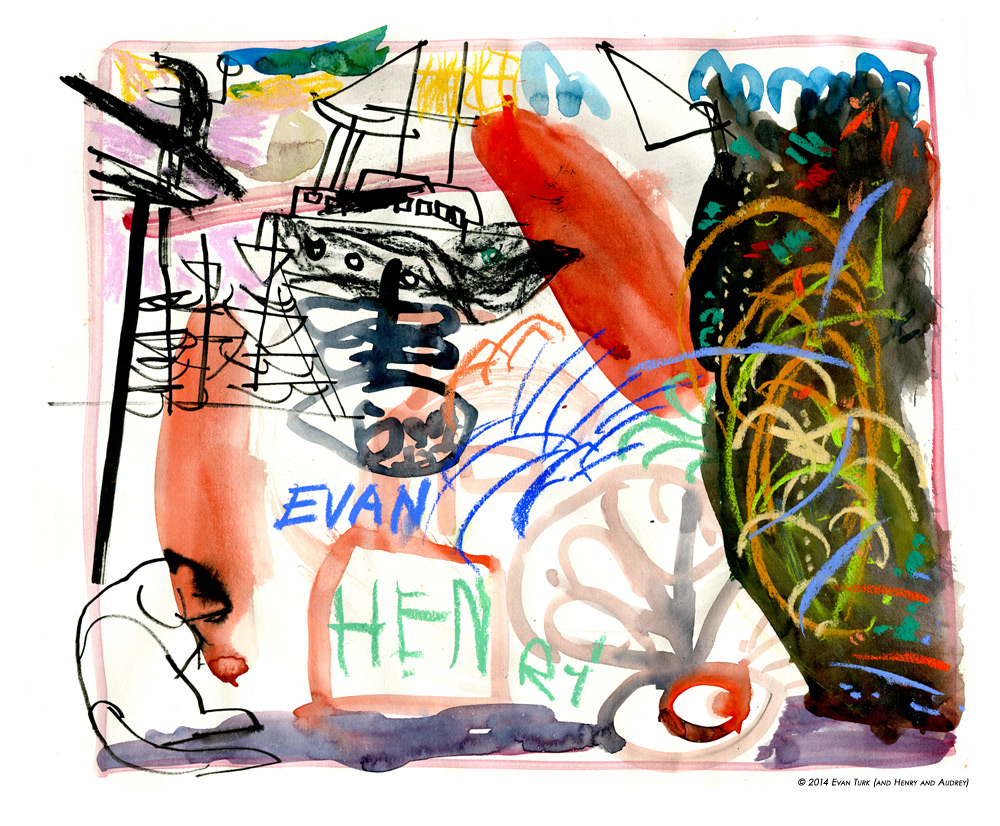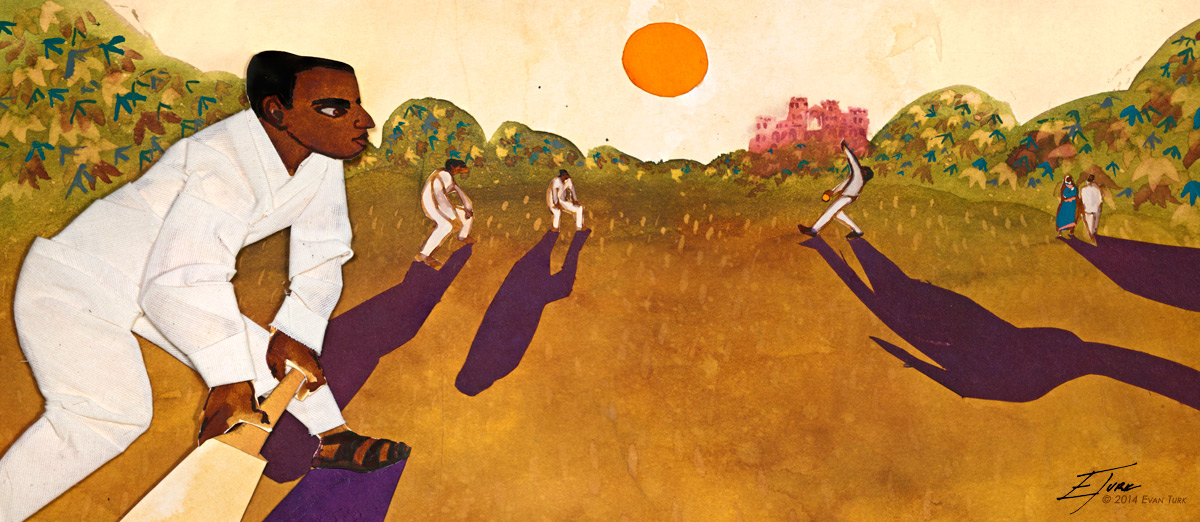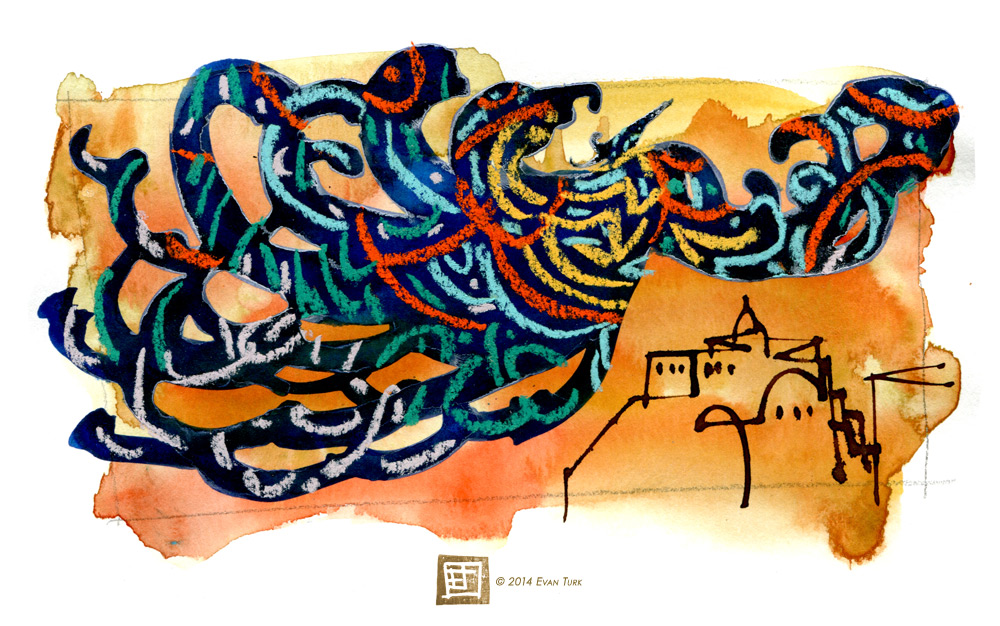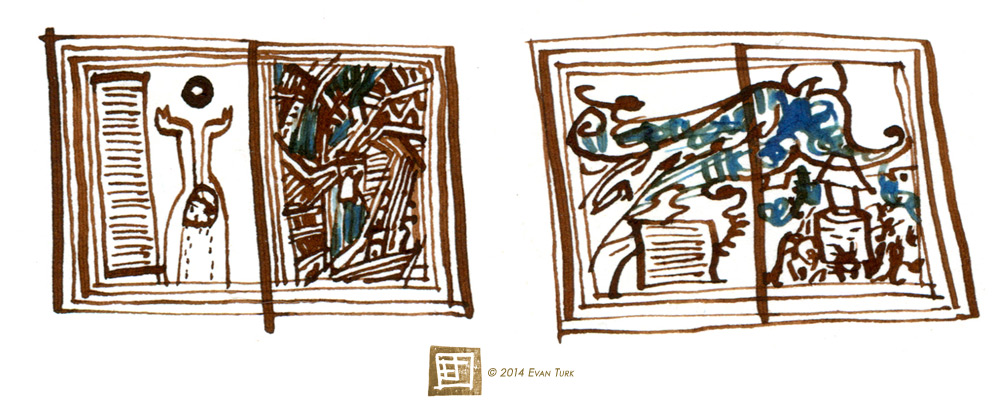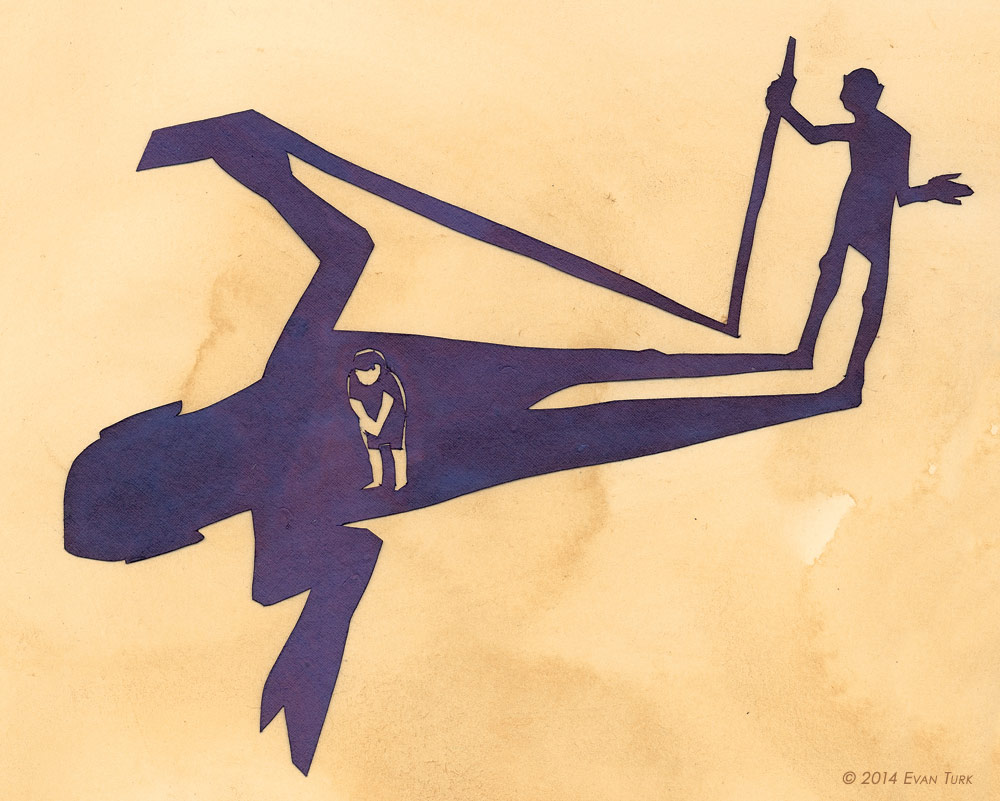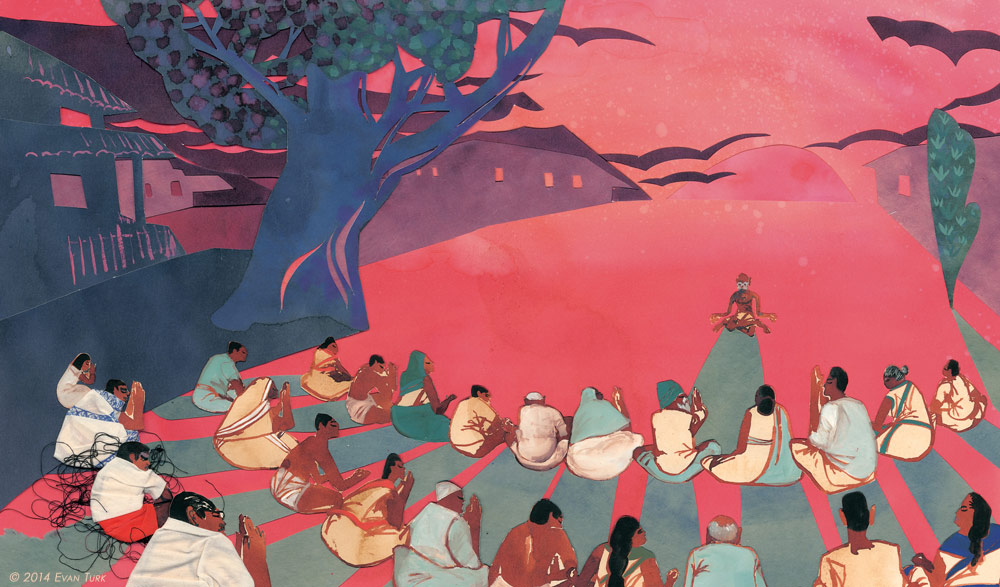One of my favorite things about being an illustrator is that when a project comes along, I get to learn about something completely new and different. I just got back from a trip to the Mississippi Delta where I went for research on an upcoming picture book about the blues legend, Muddy Waters. The book is called Muddy written by Michael Mahin, and it will be coming out in 2017 from Simon & Schuster. In learning about Muddy, I felt it was important to go see the environment where his music came from, and to find the soul of what he sang about.
I found a piece of that soul in Rolling Fork, Mississippi, Muddy's birthplace. (His actual birthplace was probably outside of town, and is no longer standing, but they have a "shotgun house" reminiscent of where he might have lived, as a monument in the center of town.) The outside was covered in bright colors of peeling paint and corrugated metal, while the inside was wallpapered with old newspaper.
I got to hear that soul in Clarksdale, Mississippi, the home of the Delta Blues. On my first night, I had the chance to see Bill "Howl-N-Madd" Perry and his band play at Red's Lounge. His daughter Shy sang, played keyboard, and gyrated with energy.
He gave a wink to his wife of many years at the door, as he sang about all that's great about "Delta women".
He had a cool, casual, light-hearted demeanor.
But when he sang, he had a gravelly power to his voice.
At one point, he began using a slide, to make the sounds screech and bend as his hand moved. Muddy originally learned this technique from his idol Son House, who used a broken bottleneck as his slide.
My favorite part of the performance, though, was when one of the players would just let loose in a solo. The harmonica player, instrument clasped to his face and hidden behind his hands, would suddenly erupt into a blazing, metallic riff, shimmering like heat on hot pavement. His body jerked from side to side, as the sound became a disembodied voice. Then came the electric bass solo, buzzing and vibrating the room with intensity. That unexpected explosion felt like the soul of Muddy's music, too.
Muddy worked as a sharecropper picking cotton outside of Clarksdale at a place called Stovall Farms. The building where he was first recorded for the Library of Congress, his first record, still stands on the farm along with a plaque where his sharecropper shack used to be.
Never having seen a cotton field in my life, I was astounded by them. They really stretch into infinity. But it's impossible for me to look at them and not see the brutal history, labor, and toil associated with them as well. The pain of that experience gave birth to the blues.
The sharp, dark stalks and leaves make such a rhythmic pattern branching out against the white of the cotton.
On Sunday, the town was empty until I noticed the rows and rows of cars parked outside of each one of a couple dozen churches throughout the town. Although Muddy grew up singing in church, the blues and the church did not often go together. But they were united by music that gave a place for expression of the raw emotion of the soul.
The force that gave birth to all of this region is the mighty Mississippi River. From what I heard, the river was very low when I saw it. The water usually extends far up the banks and past where I was standing on the sandy beach. Its constantly changing course, dangerous currents, and rich waters made the land fertile for cheap cotton, and gave Muddy his name.
But where I really felt the soul of Clarksdale was right on the front porch of my hotel, The Riverside Hotel. It was originally a hospital for only black patients (where the Empress of Blues, Bessie Smith, died in 1937), because hospitals were segregated. The building was rented, and then purchased by the enterprising Mrs. ZL Ratliff to turn it into a hotel. Because blacks were not allowed in most hotels at the time, it became the place to stay for traveling blues musicians, including Muddy Waters. To them, she became "Mama Z", and they became "her boys." She would feed them and give them a place to stay (sometimes even if they didn't have the money). In Muddy's case, she even gave him the kick he needed to move up to Chicago, saying he was too talented to stay in Clarksdale. The hotel passed into the hands of ZL Ratliff's son, Frank "Rat" Ratliff, who ran the hotel until he passed away in 2013.
The hotel remains in family hands, run by his daughter Zelina and his wife, Joyce Lyn Ratliff. Spending time with the two of them, among their friends, family, and long-term guests, let me see the warmth, hospitality, and sense of community of this place. This was the soul of the Delta, and the fertile soil that allowed Muddy's music to grow.
For
more of Evan Turk's travel illustration, check out the link below:








